Prep
Maths, Sea Creatures, Fairness Wands, Writing, Religion,
Sounds, Spring and Swimming

Prep
Maths, Sea Creatures, Fairness Wands, Writing, Religion,
Sounds, Spring and Swimming
In Maths, we did a unit of work about making and recognising patterns. We looked for repetitions in the real world by looking at images of buildings and gardens.
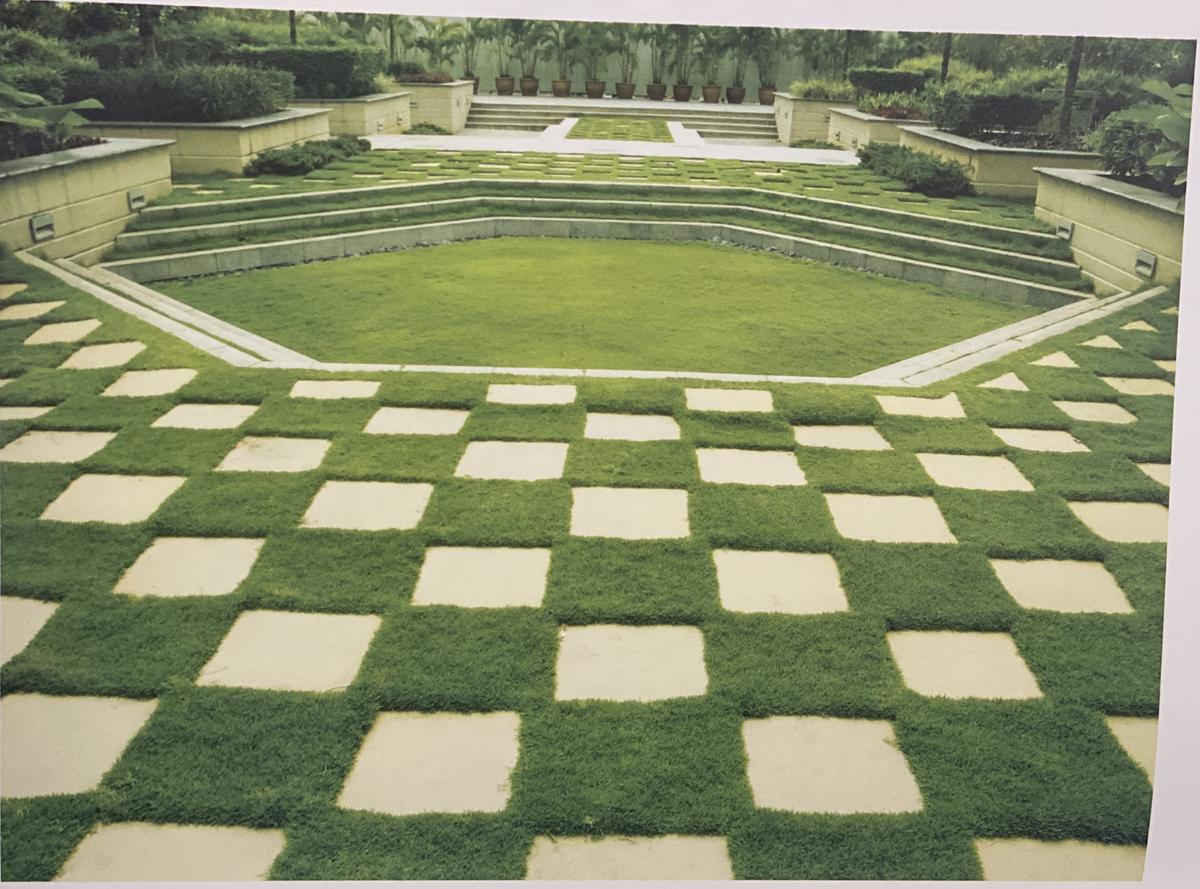
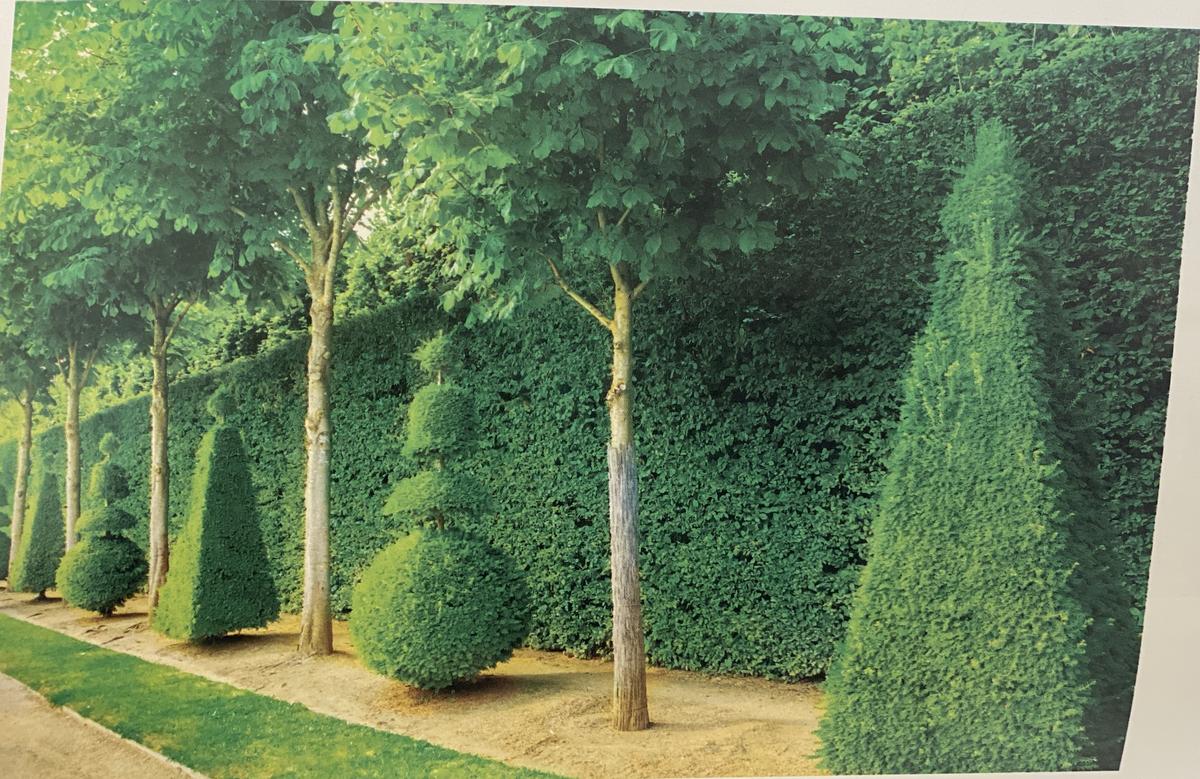








The children went for a walk around the school and looked for patterns. They found patterns in bricks, windows and on the playground. We then had to make patterns using interconnecting blocks and other materials.

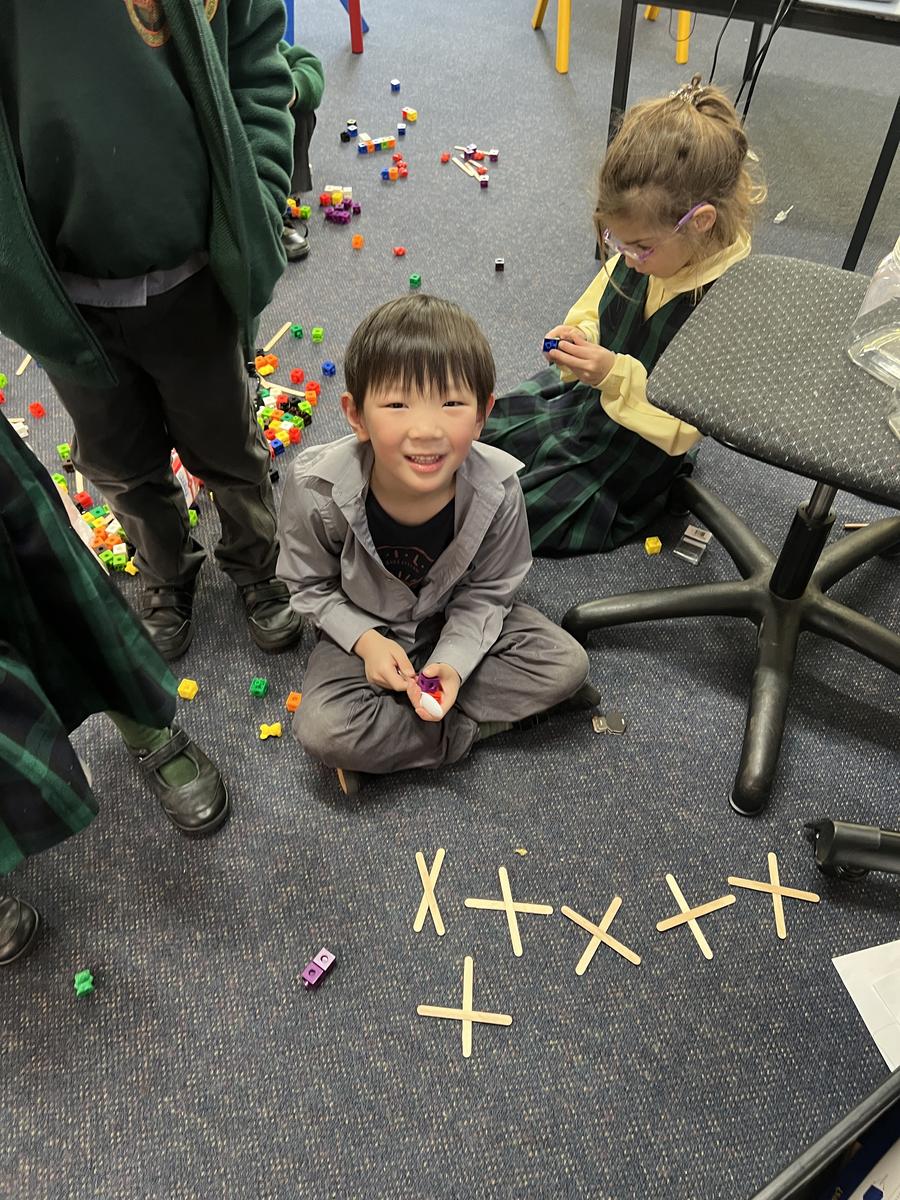




Once we finished our patterns, we had to verbalise what our pattern was, the other children then had to predict what came next.


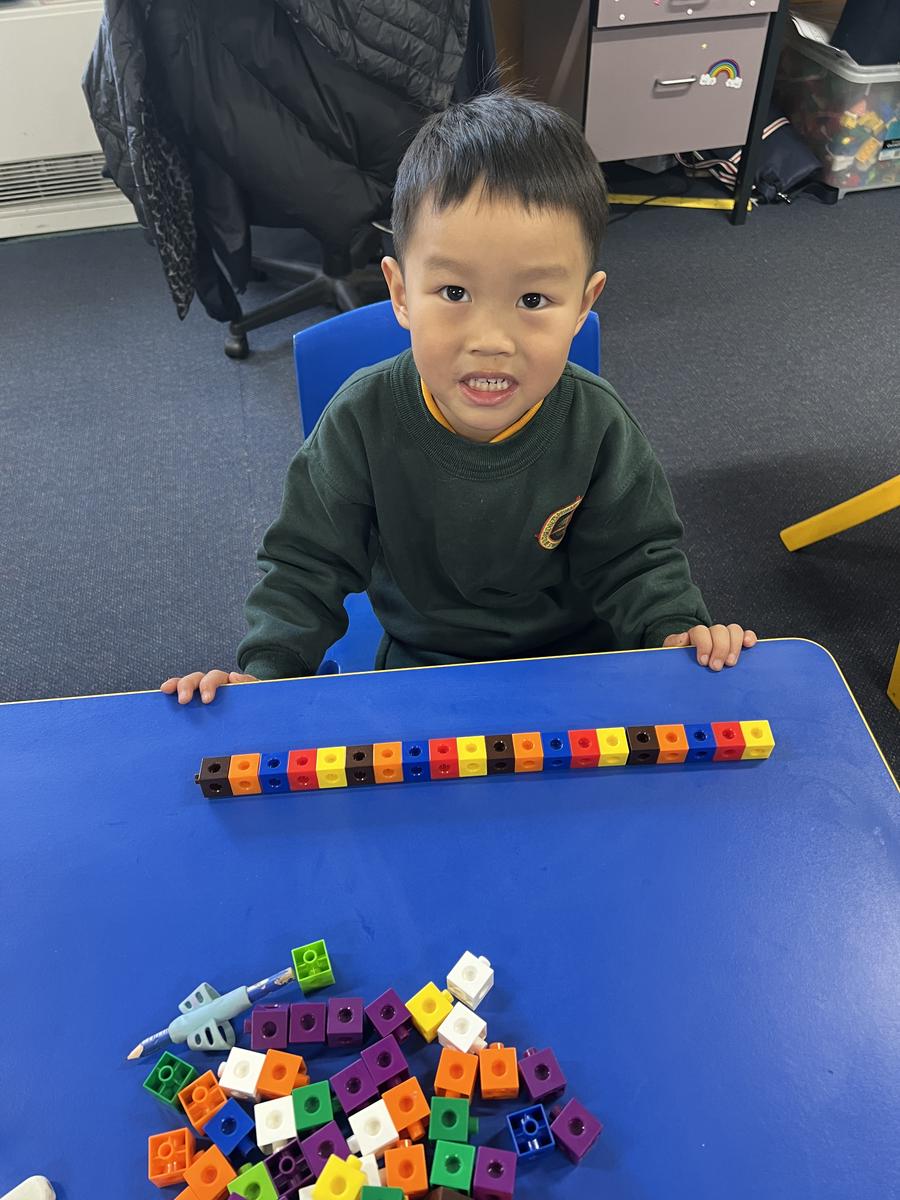
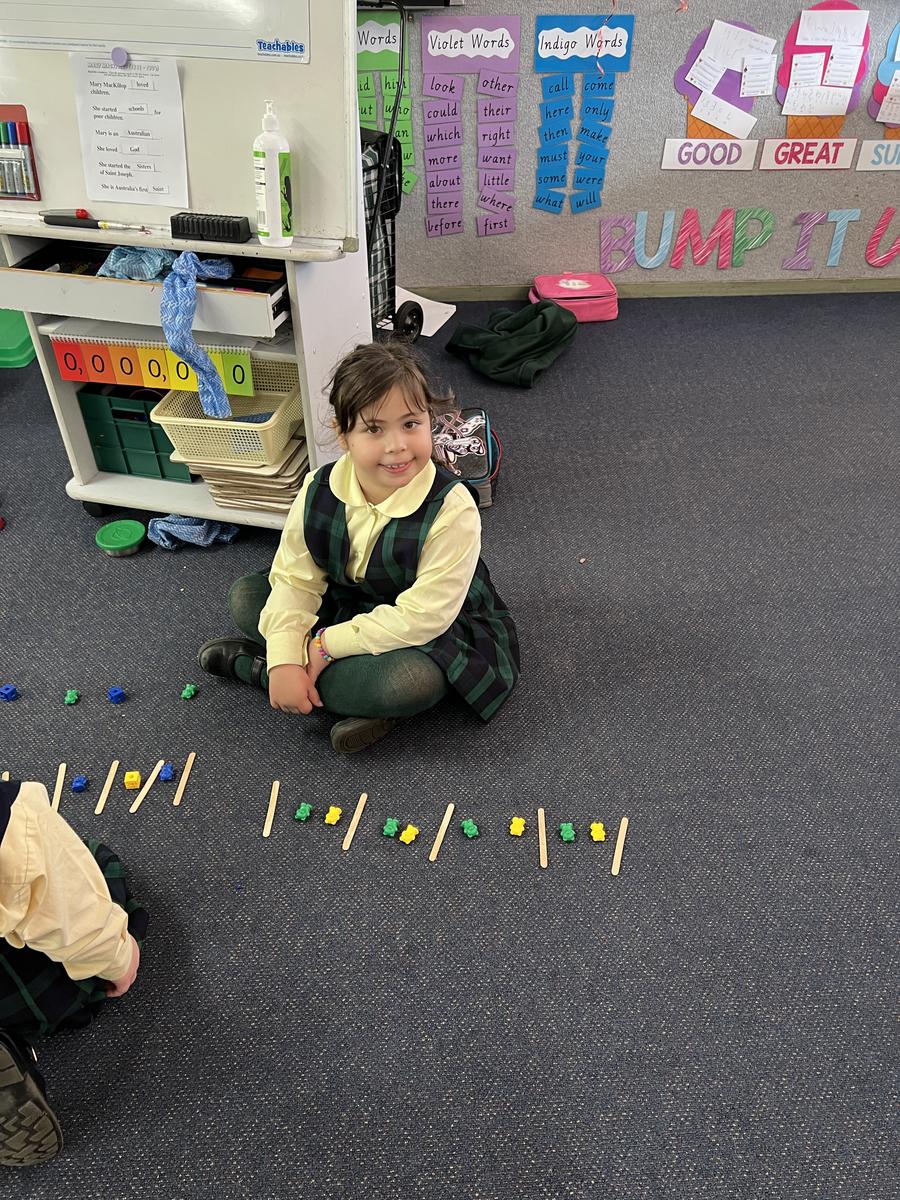




Come and look at our ocean display. We threaded pipe cleaners onto cross stitch mesh to make sea anemones.
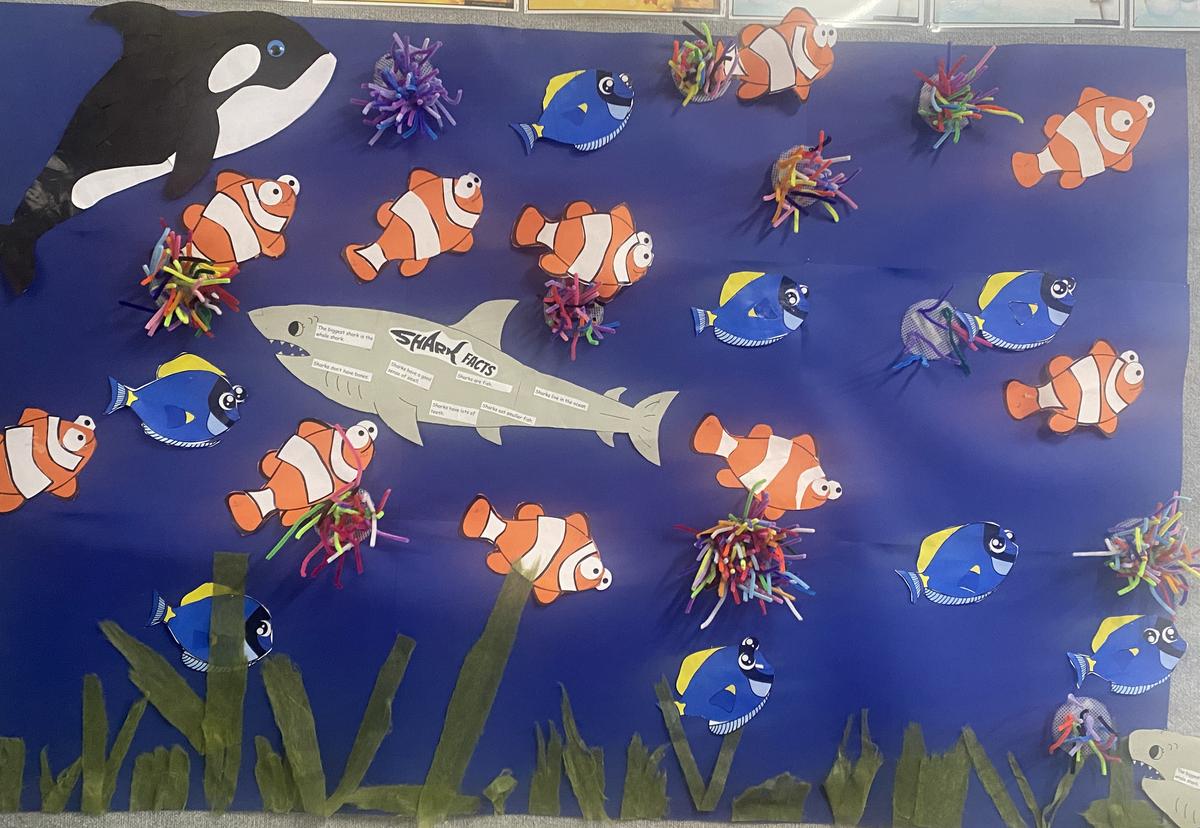

We also made clown fish, sharks, a killer whale and Royal Blue Tangs (otherwise known as ‘Dory’). Ask your children about these creatures. They have an amazing wealth of knowledge.

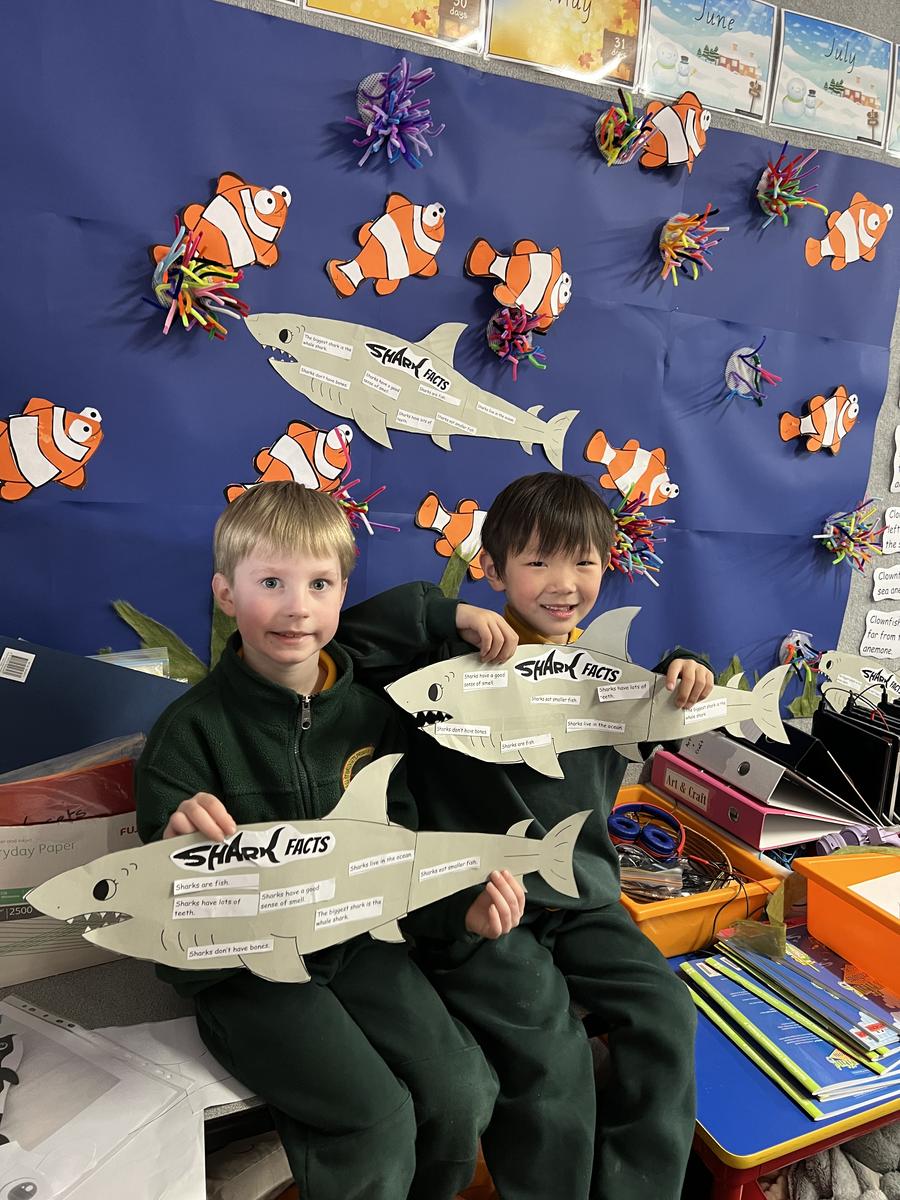
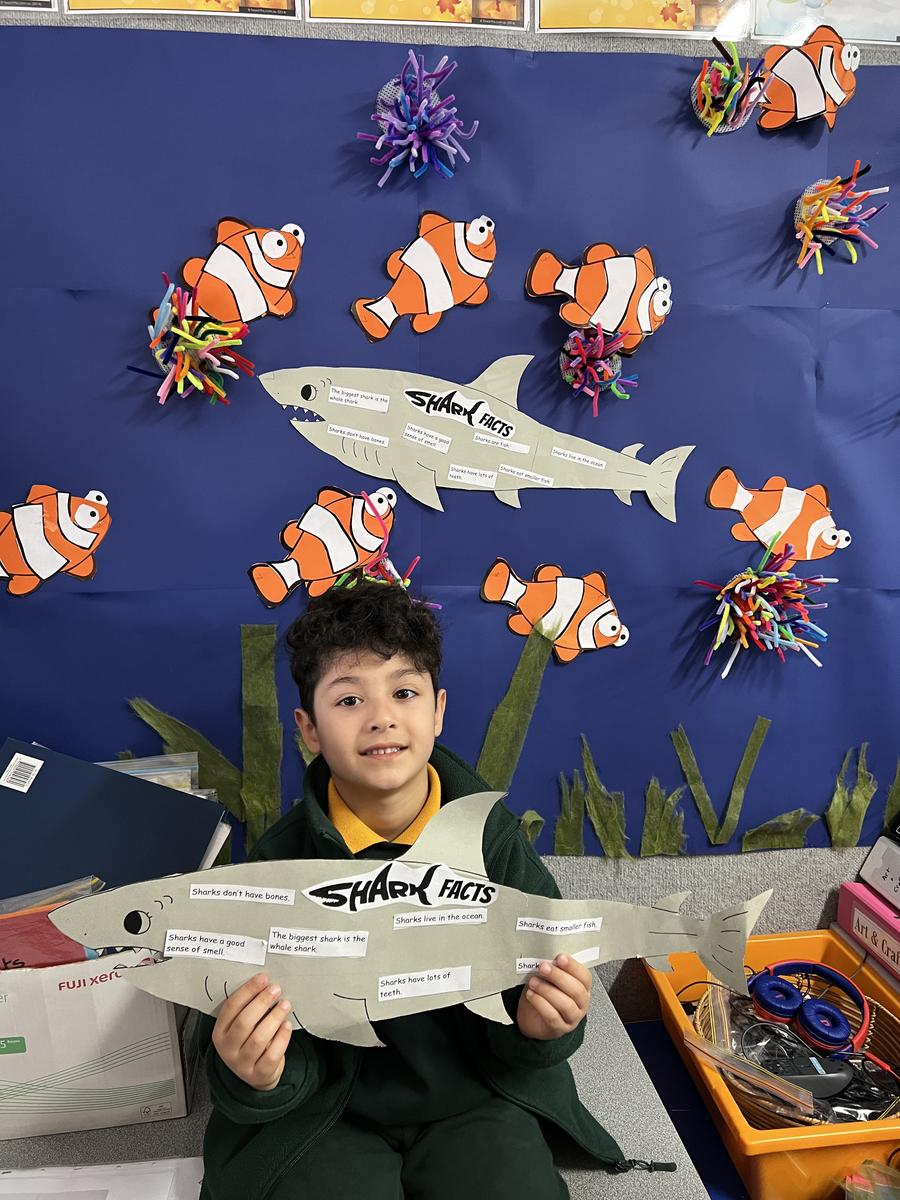
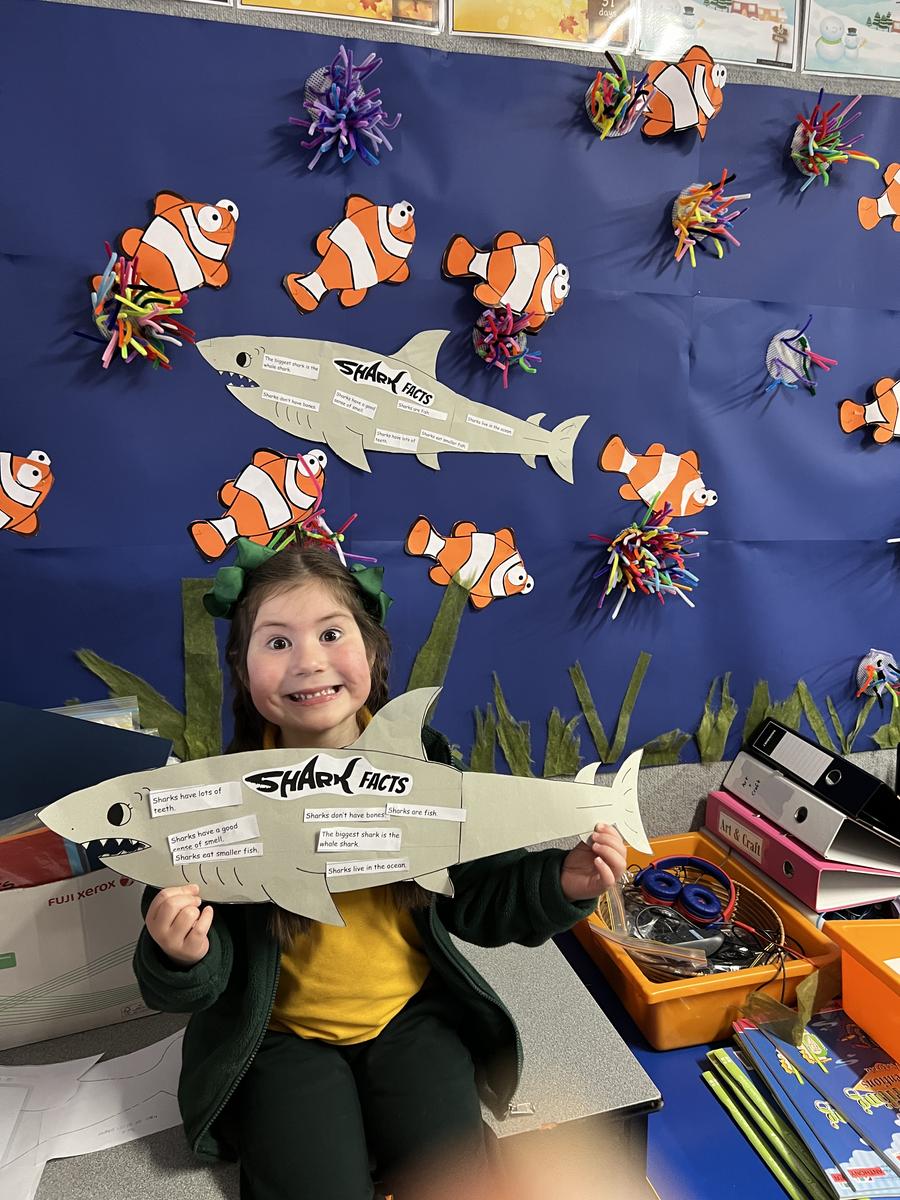
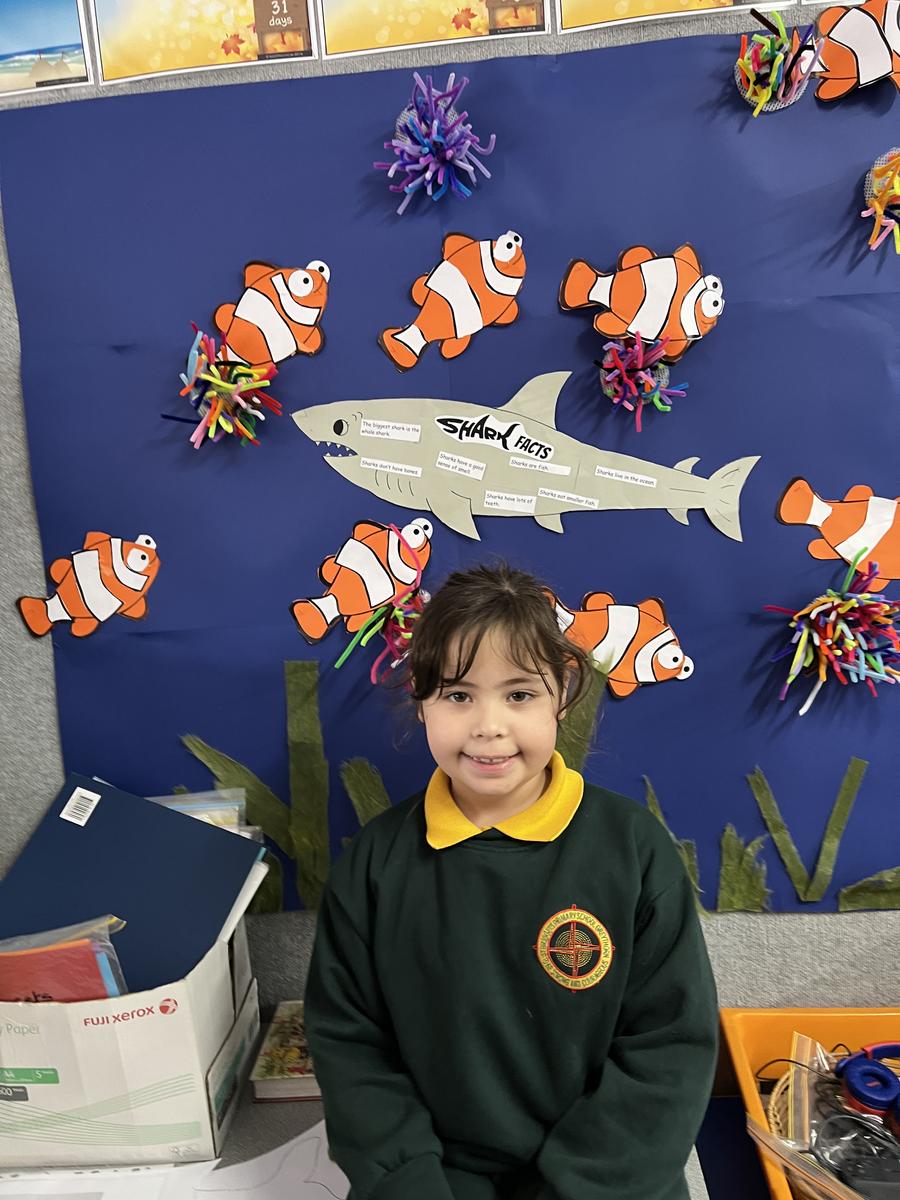
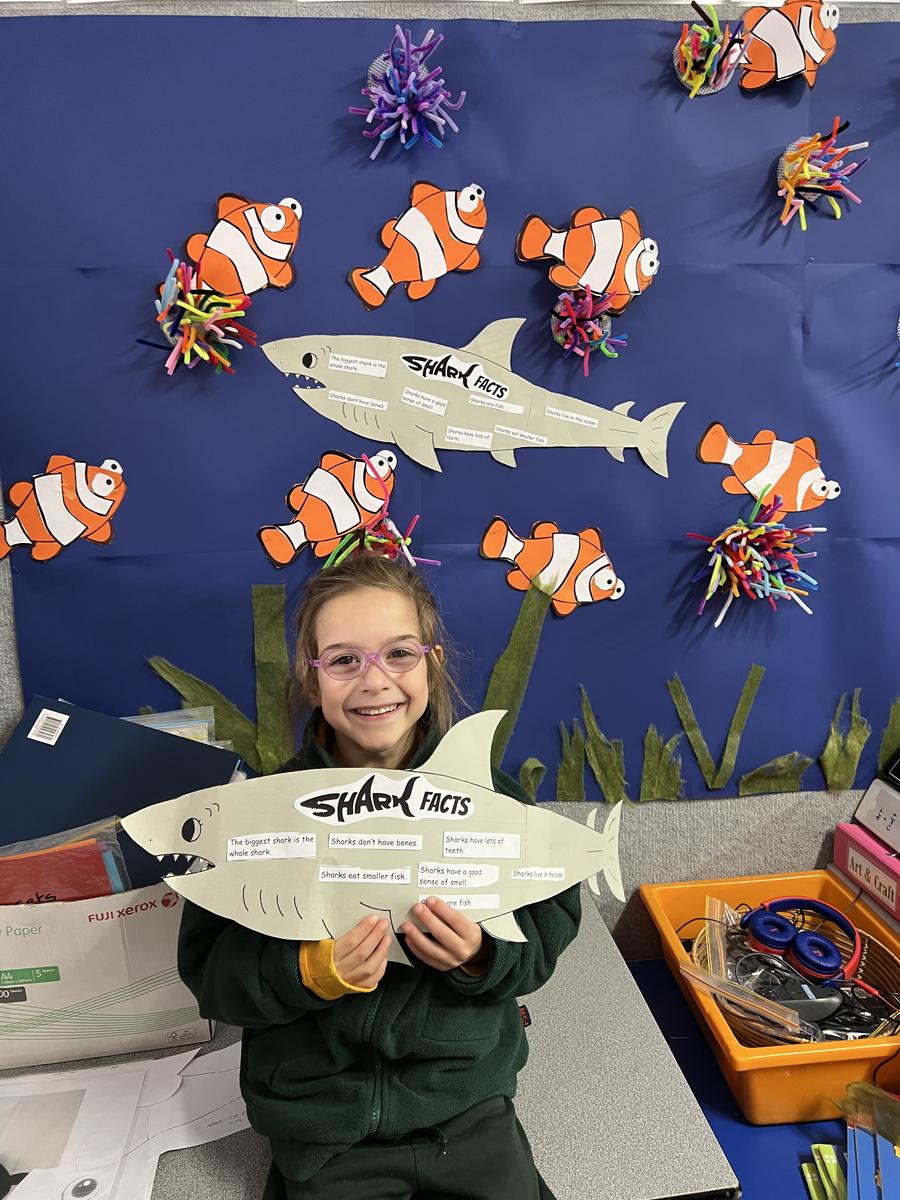






We made fairness wands. We have been learning about social justice through the lens of fairness and friendship.

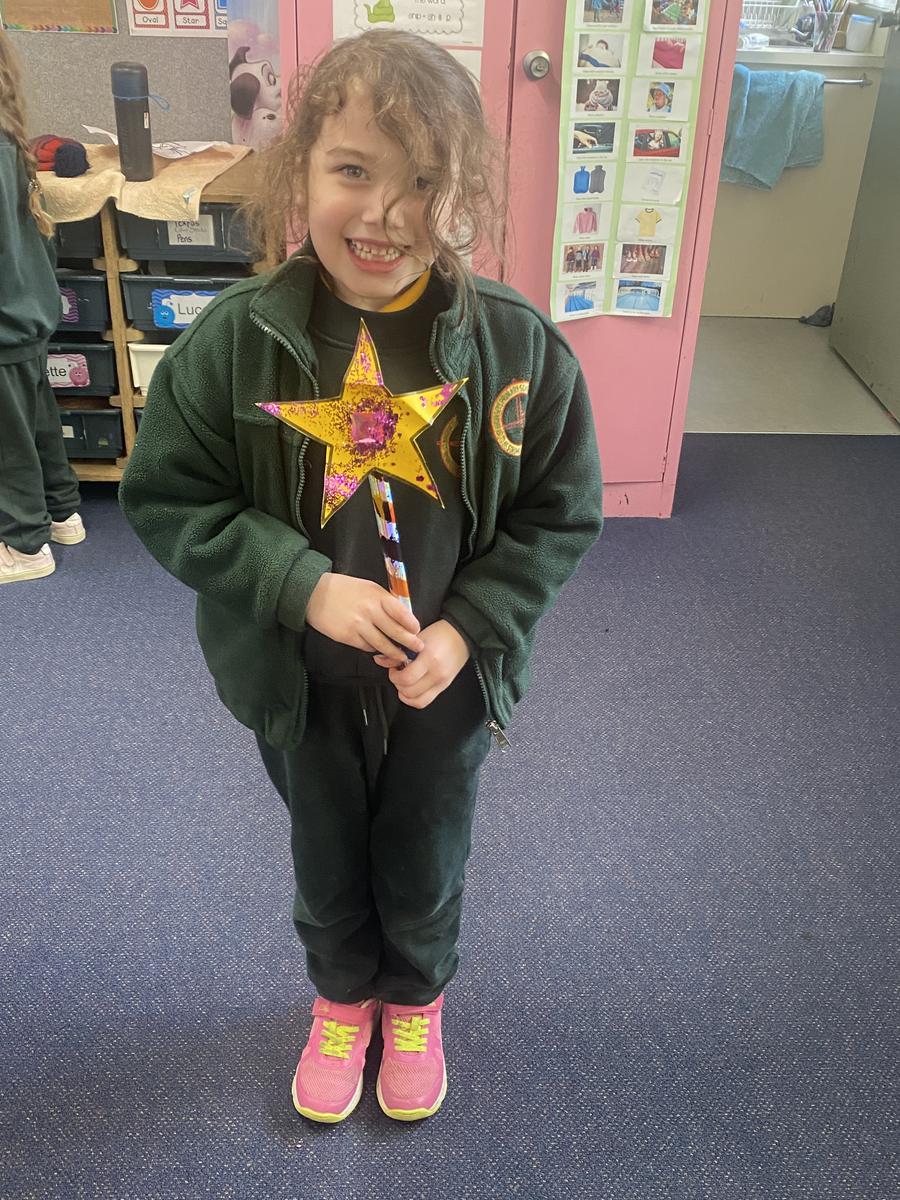

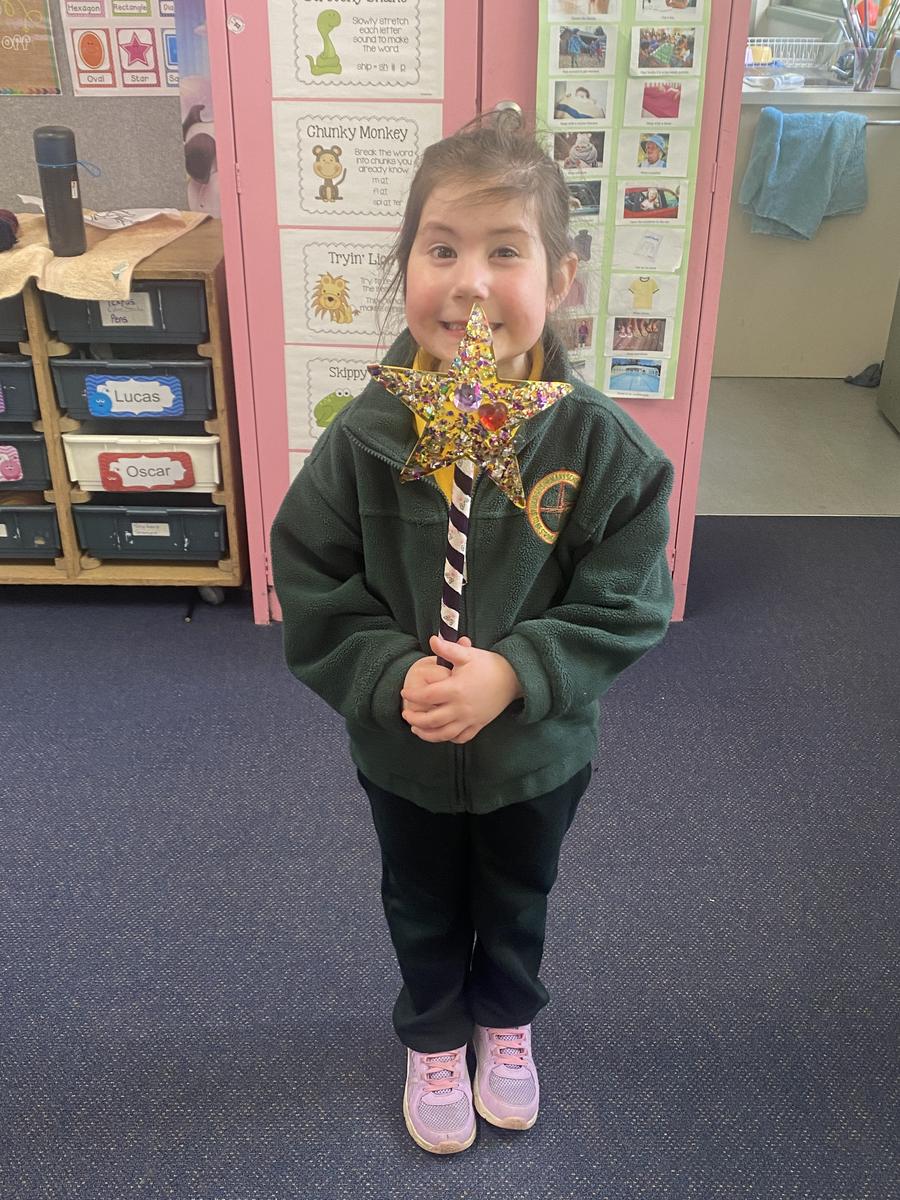




We practised following classroom and family rules and considered appropriate actions in different places that we might visit.
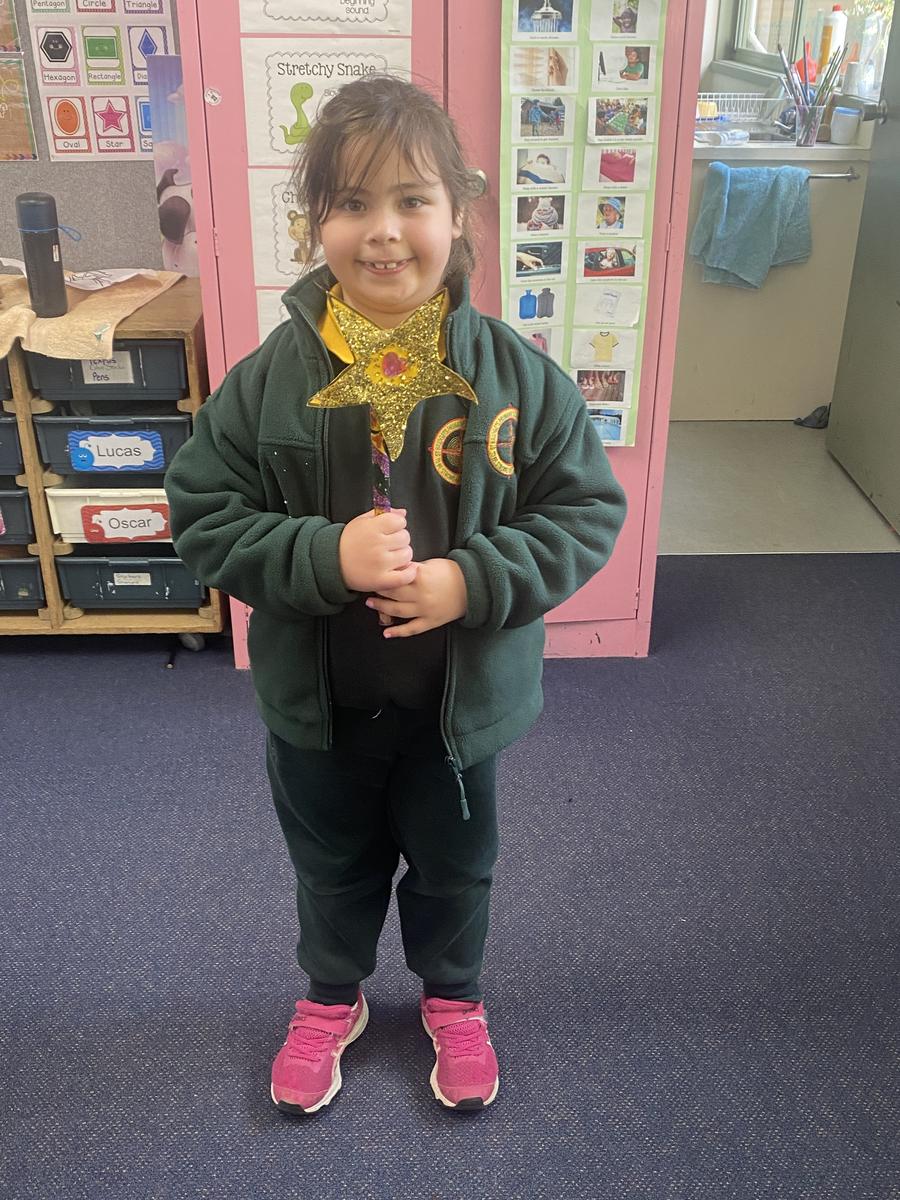
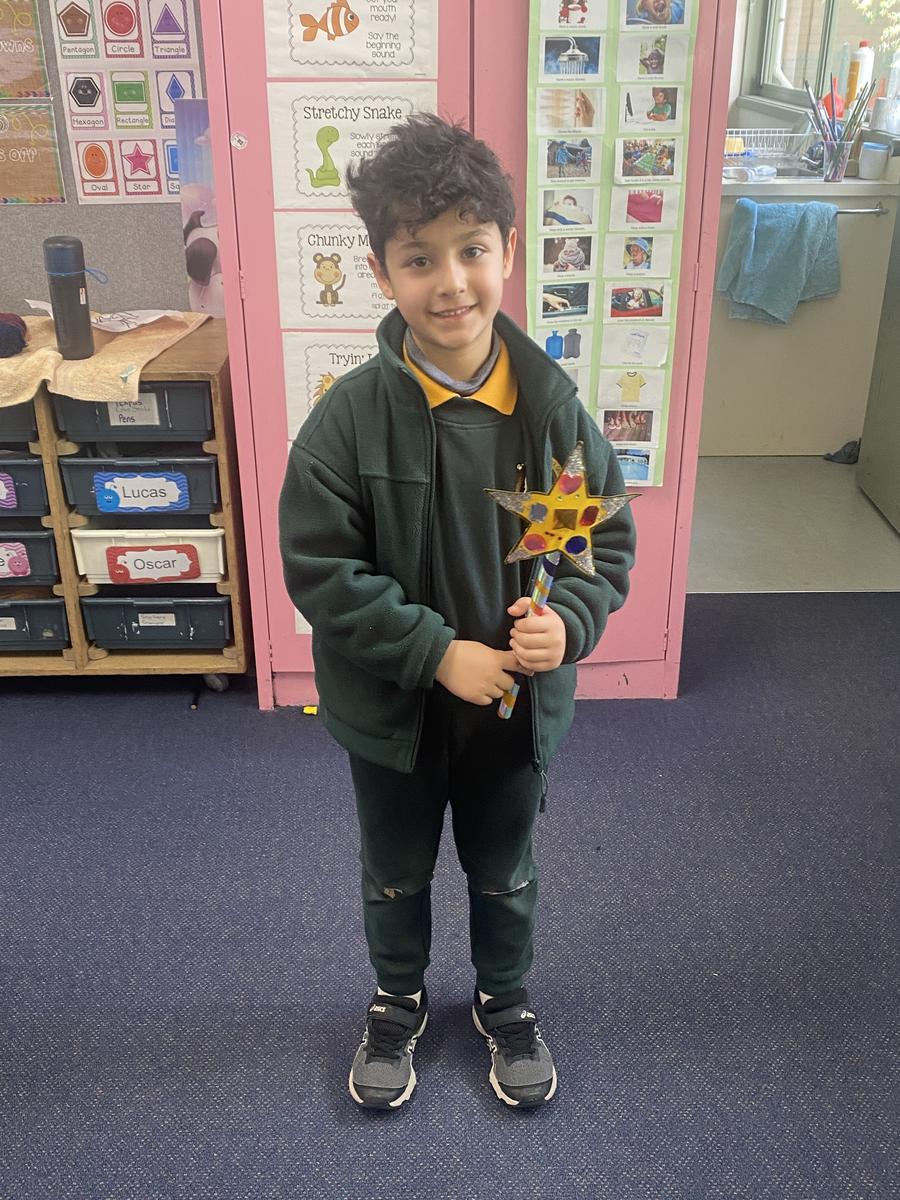
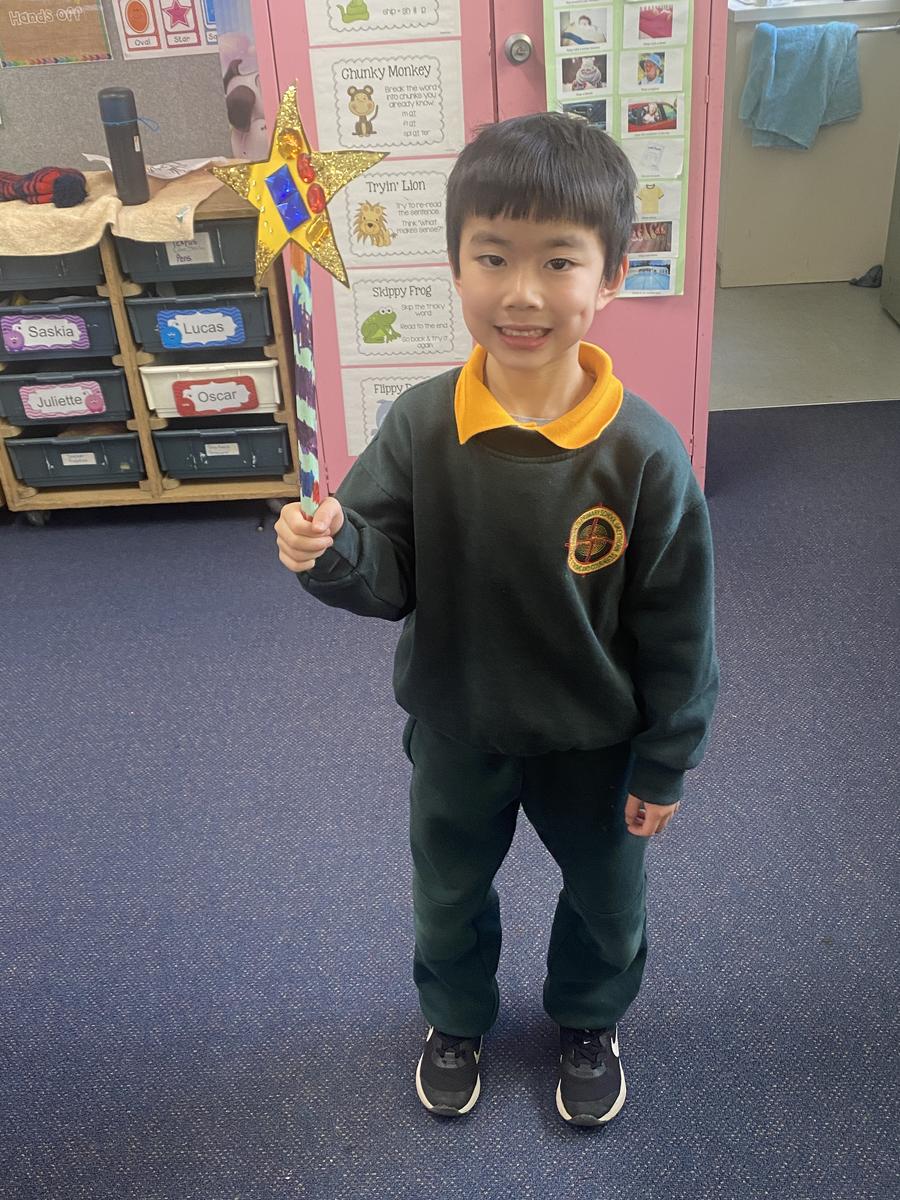
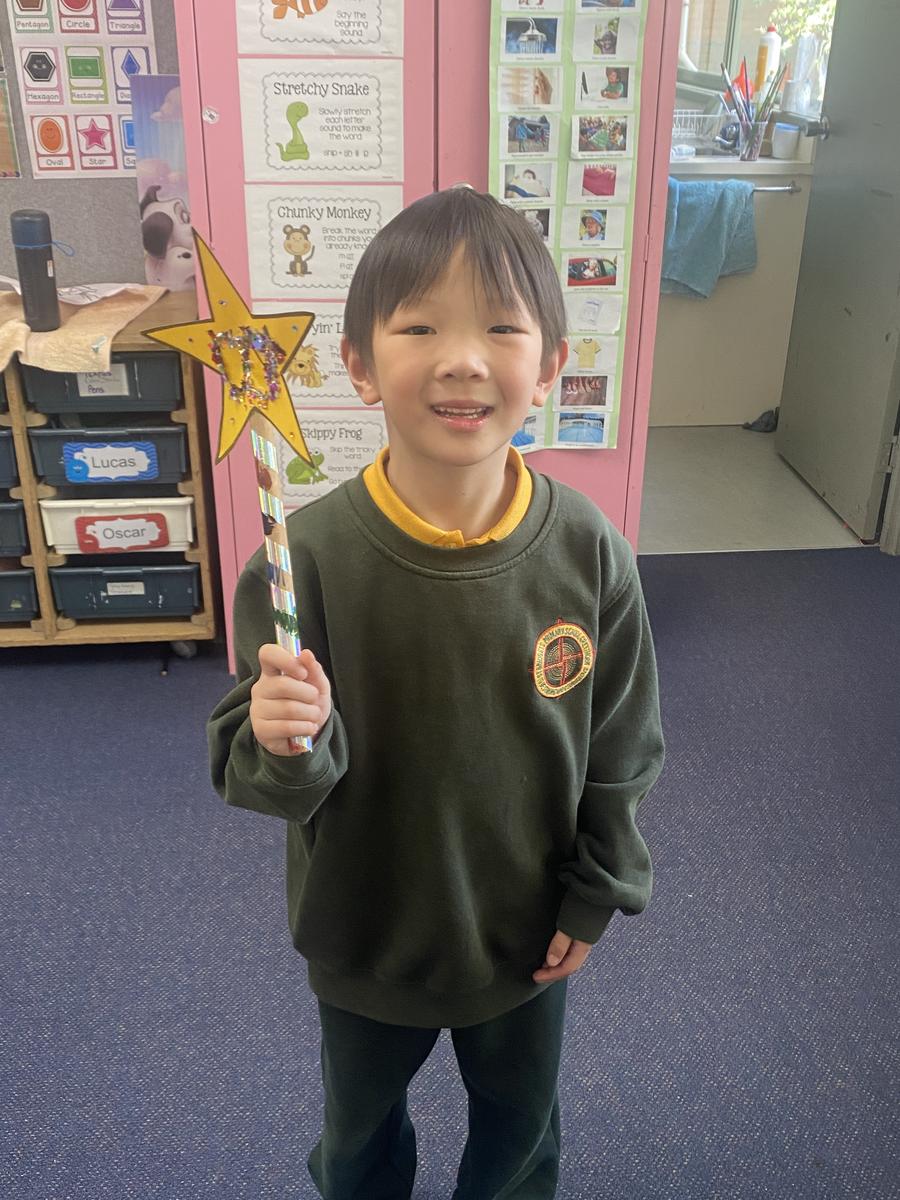






Recently in class we made cupcakes.
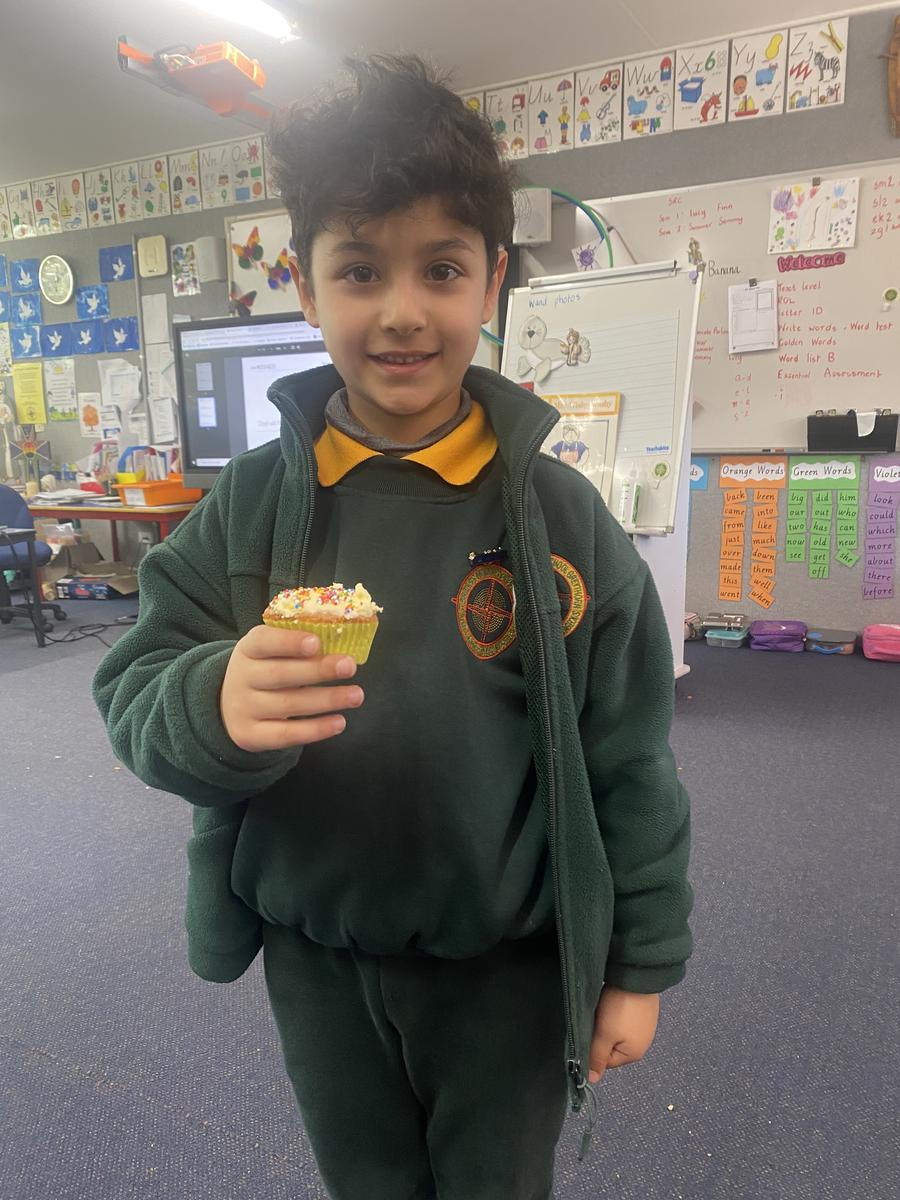
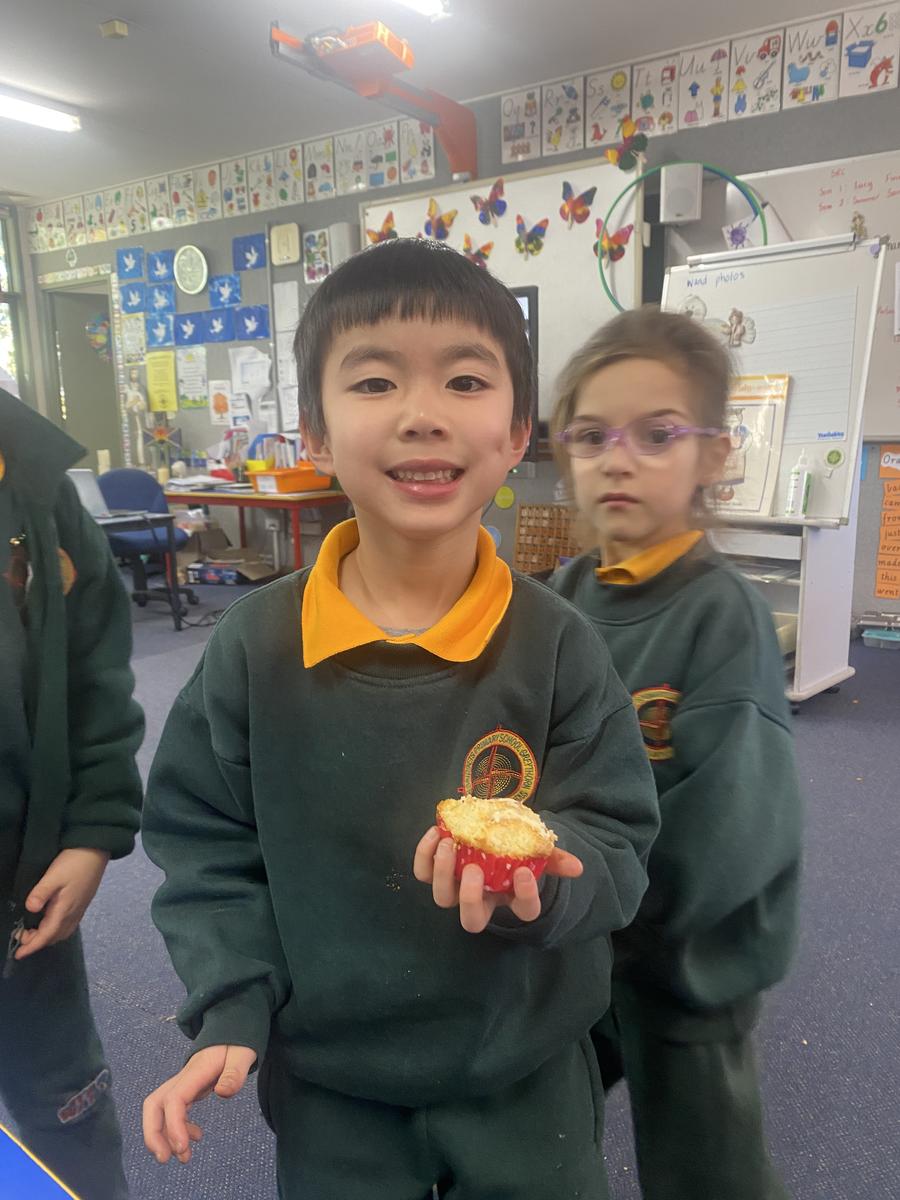
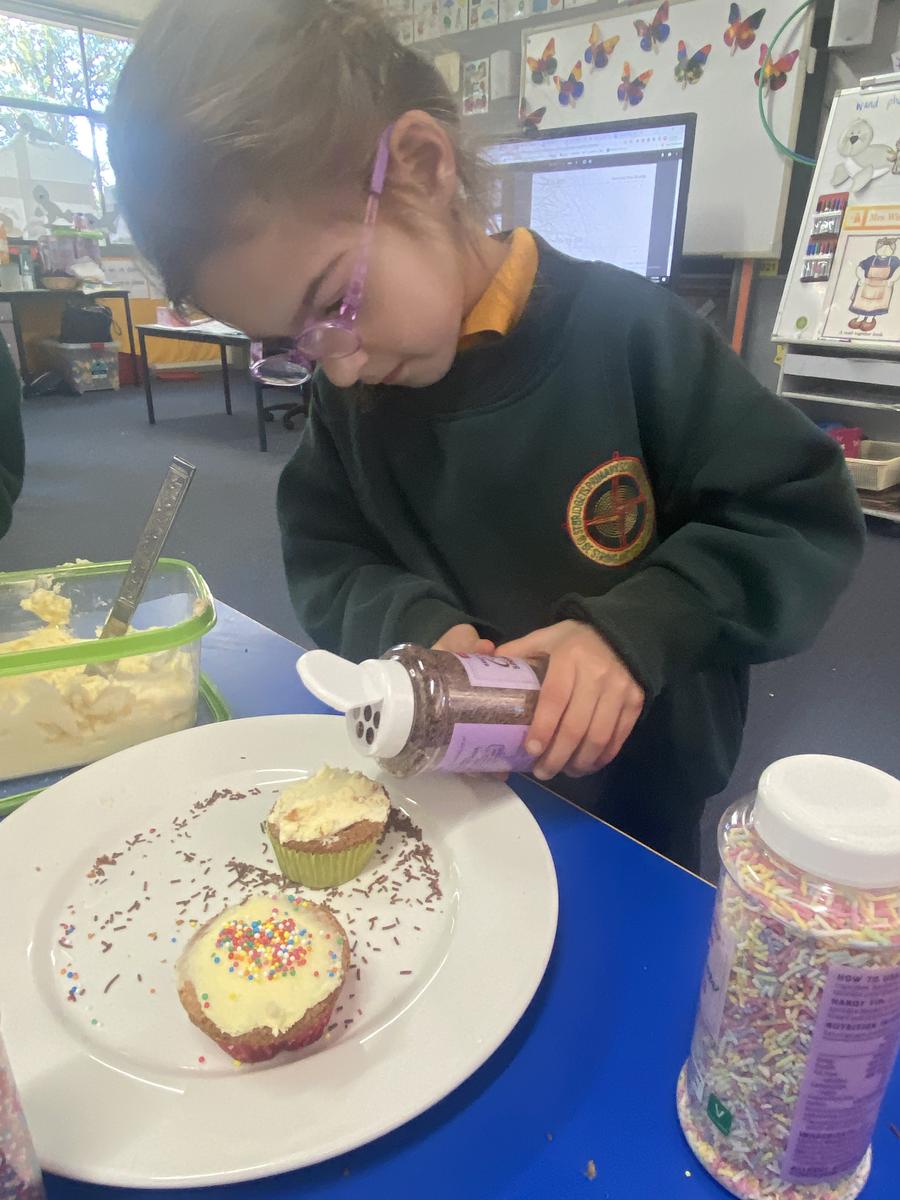

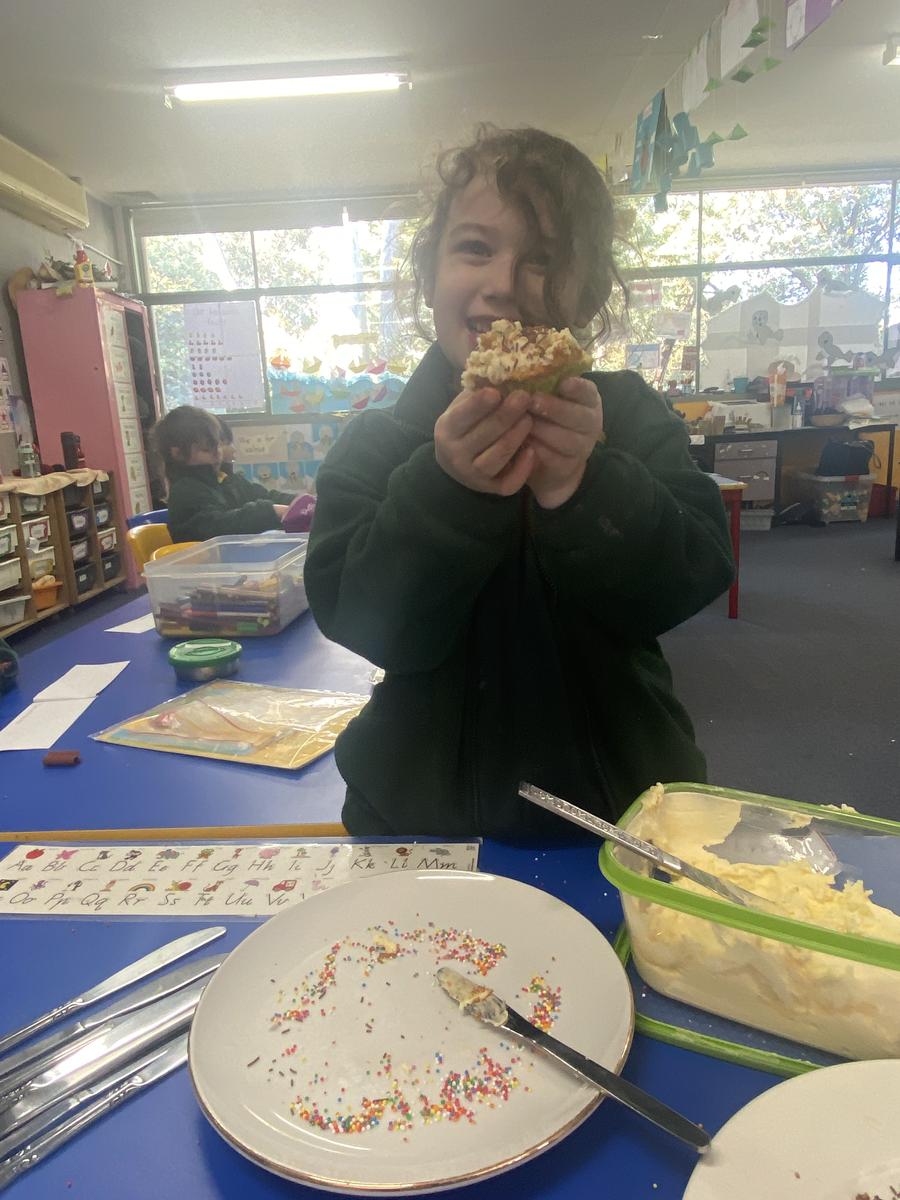

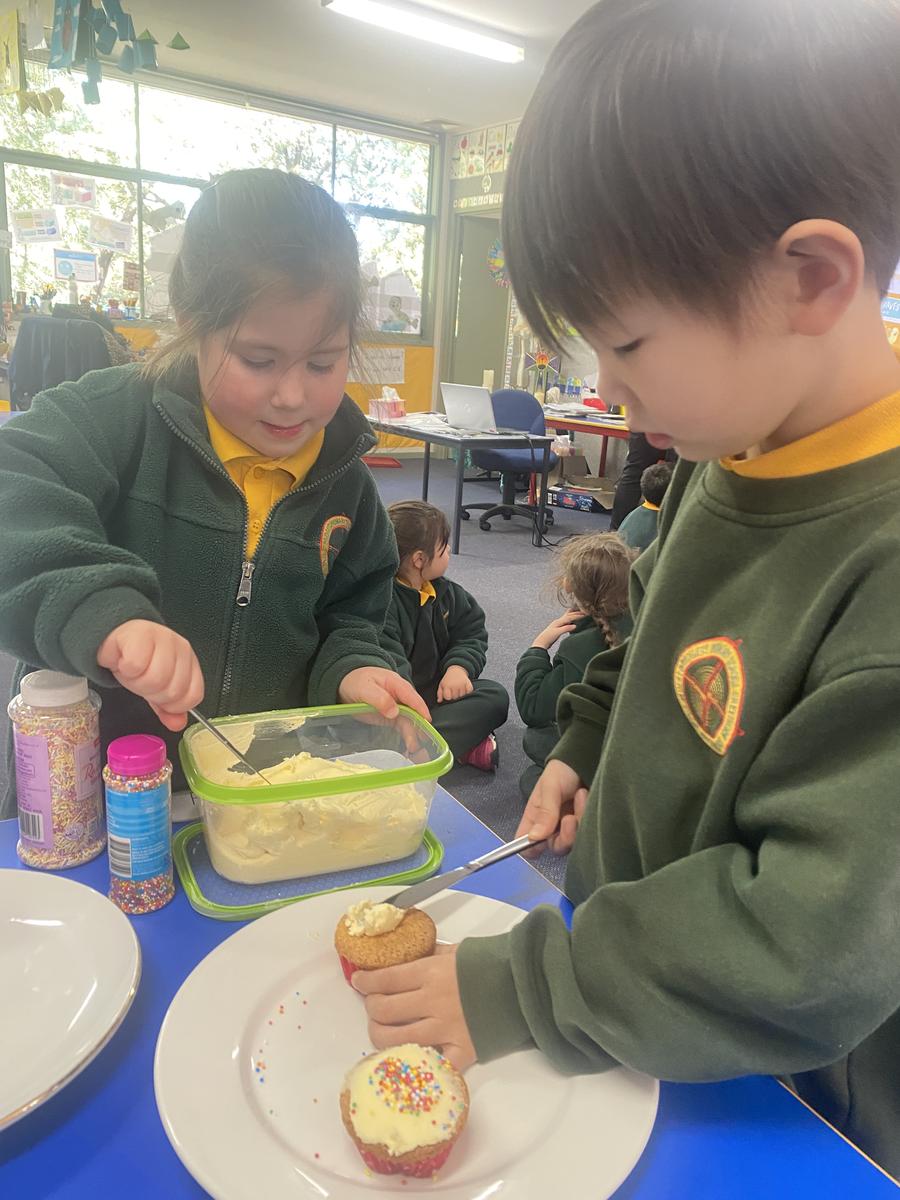
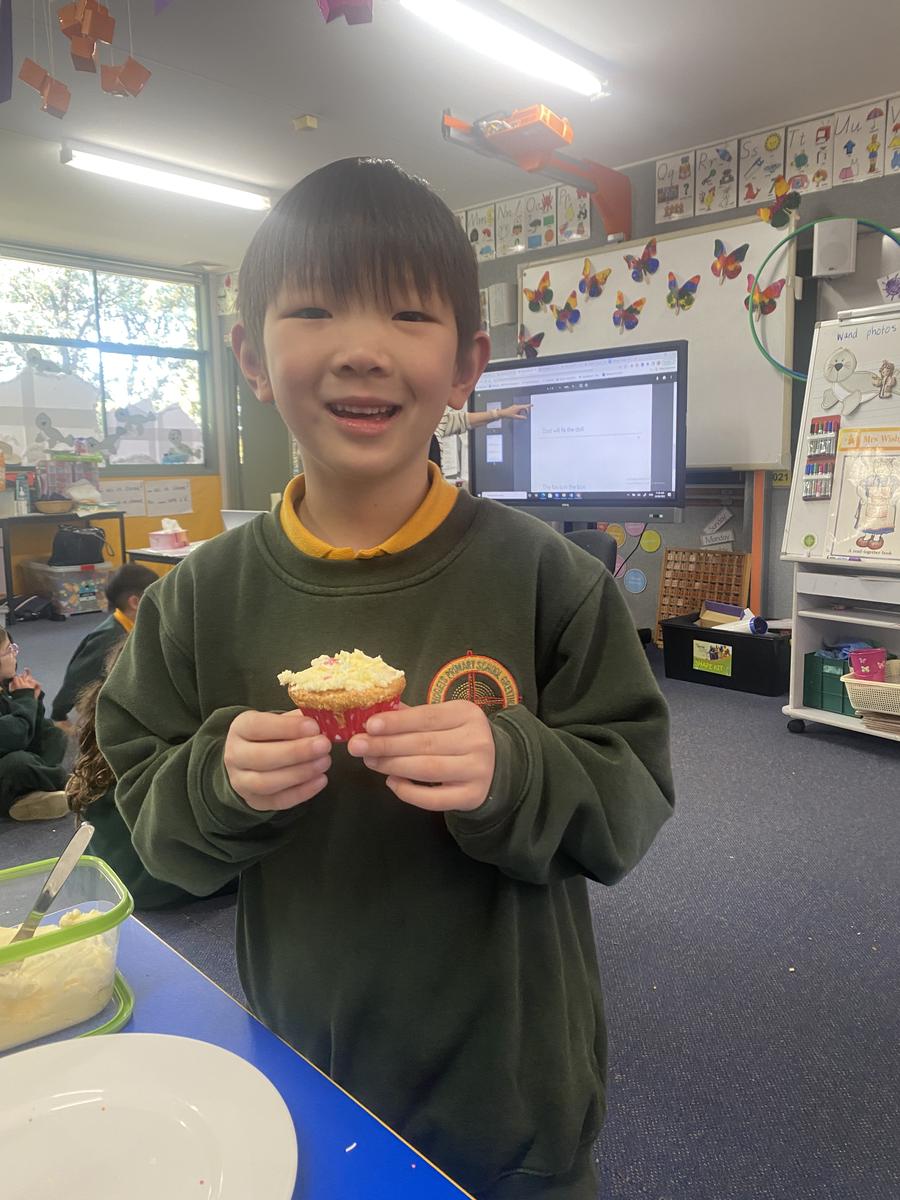








As part of our report writing genre, we made cheetahs and sorted information about them. Did you know cheetahs are the fastest land animal?
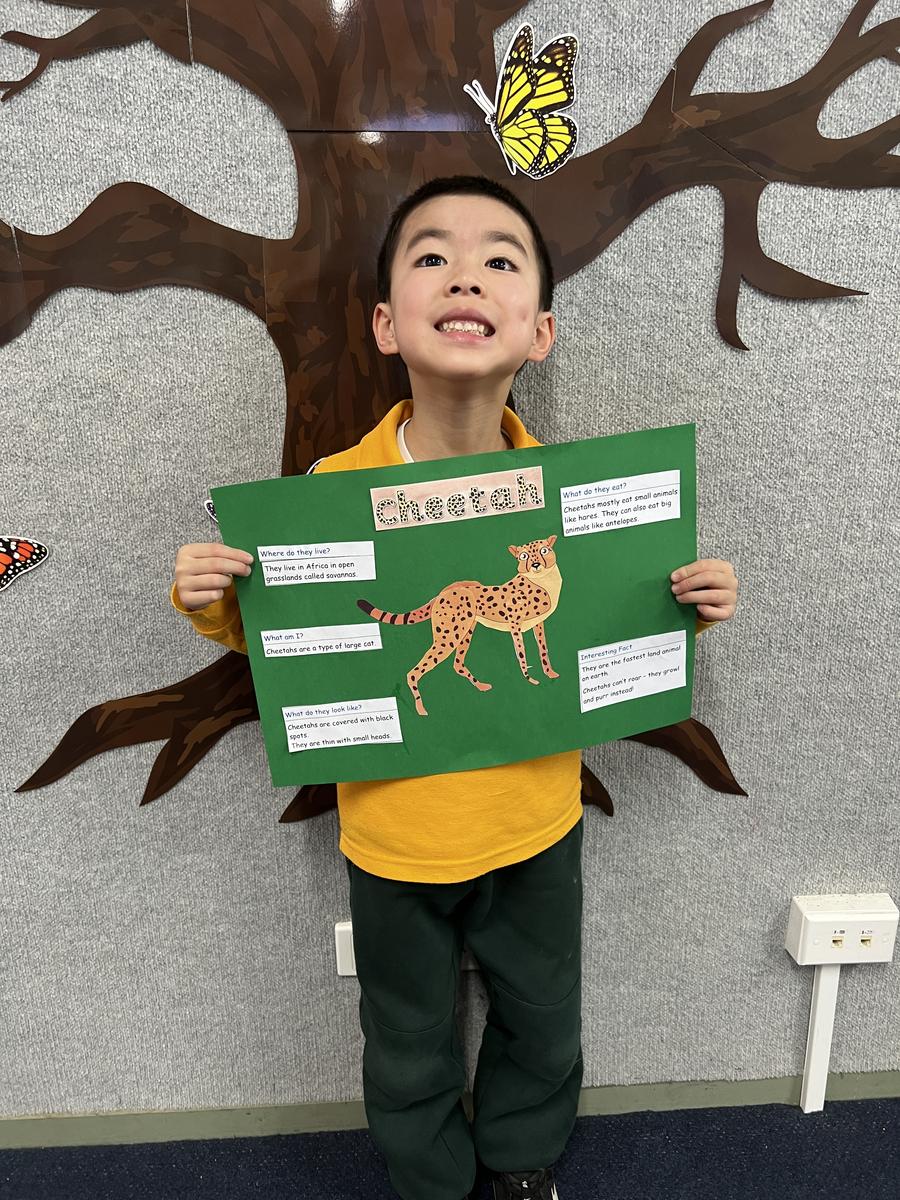


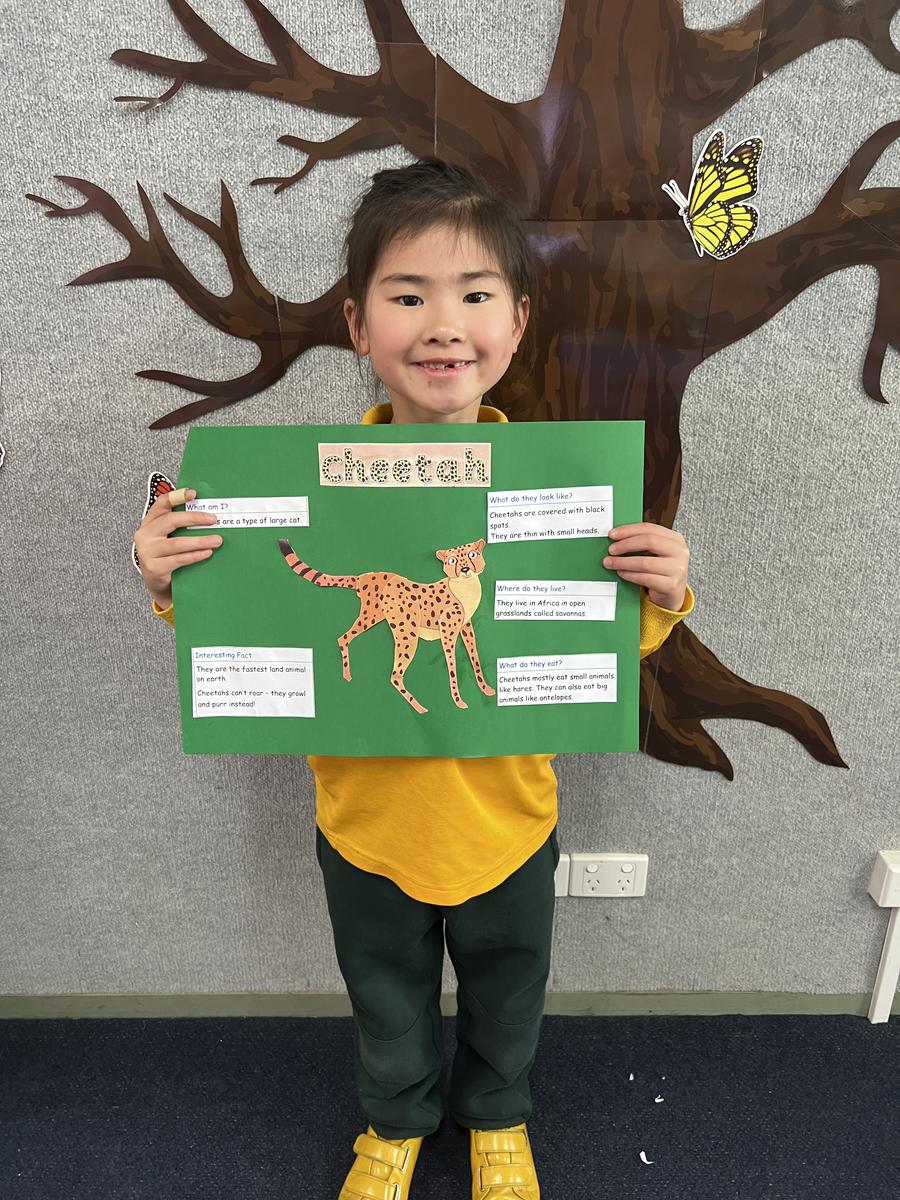
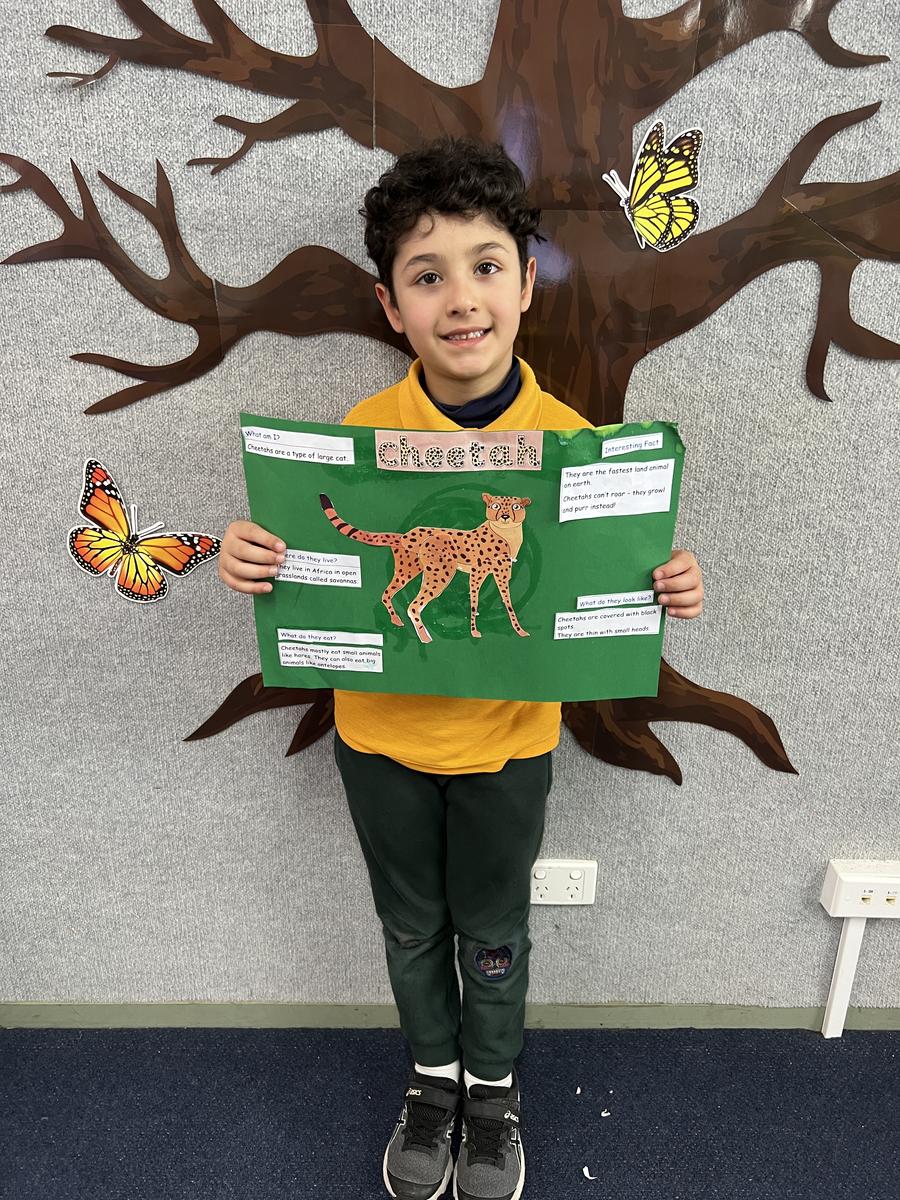
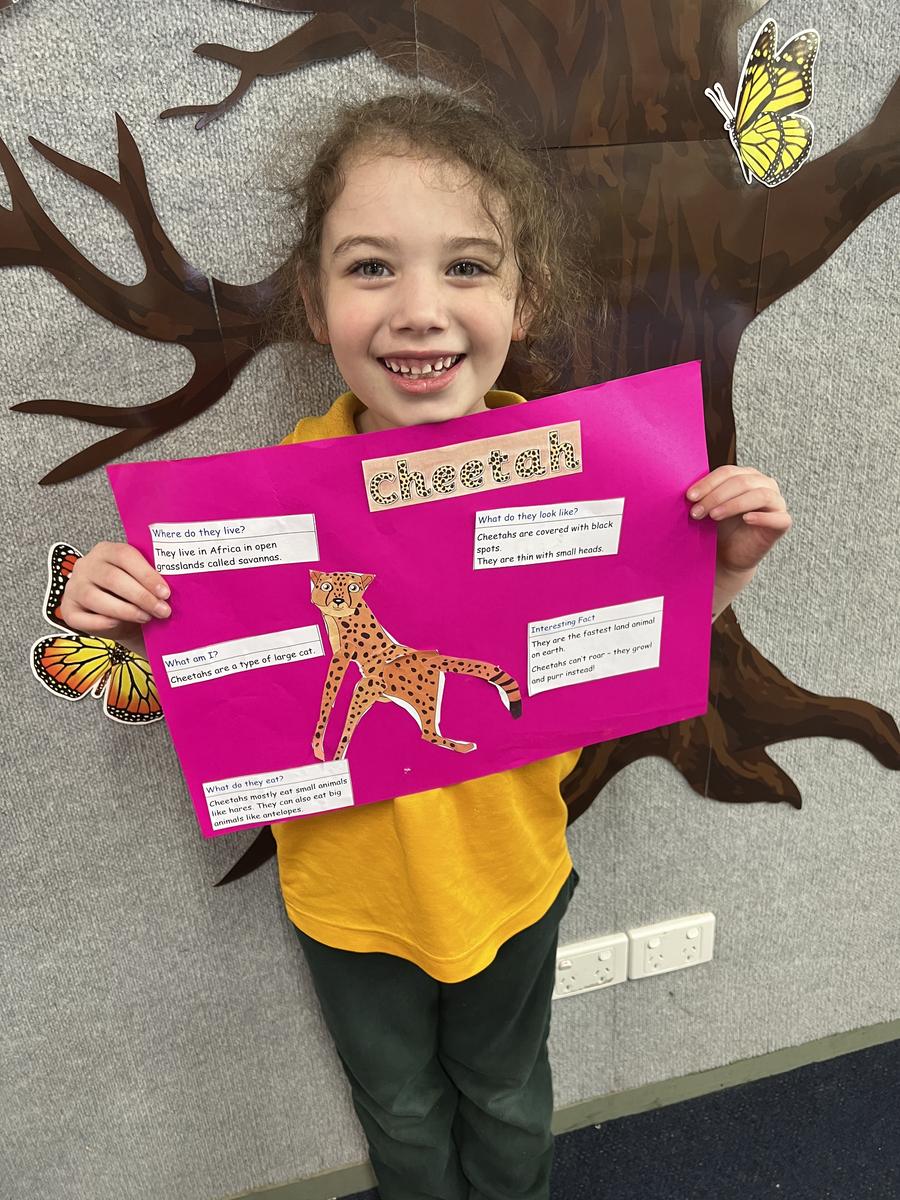
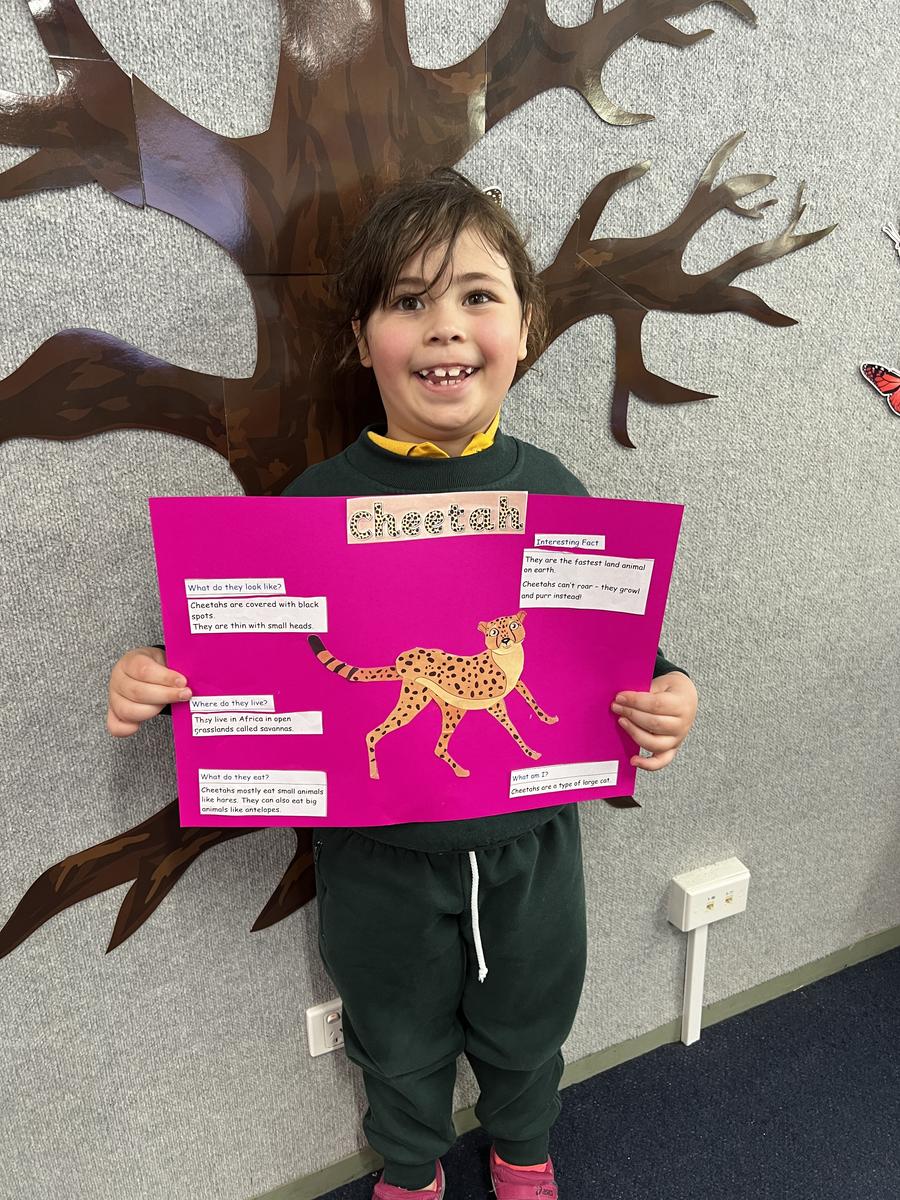







We also made sloths. Sloths are very slow moving animals. They only eat leaves so they have to conserve their energy.
We made foxes and pirate ships for the x and sh sounds and added them to our class displays.



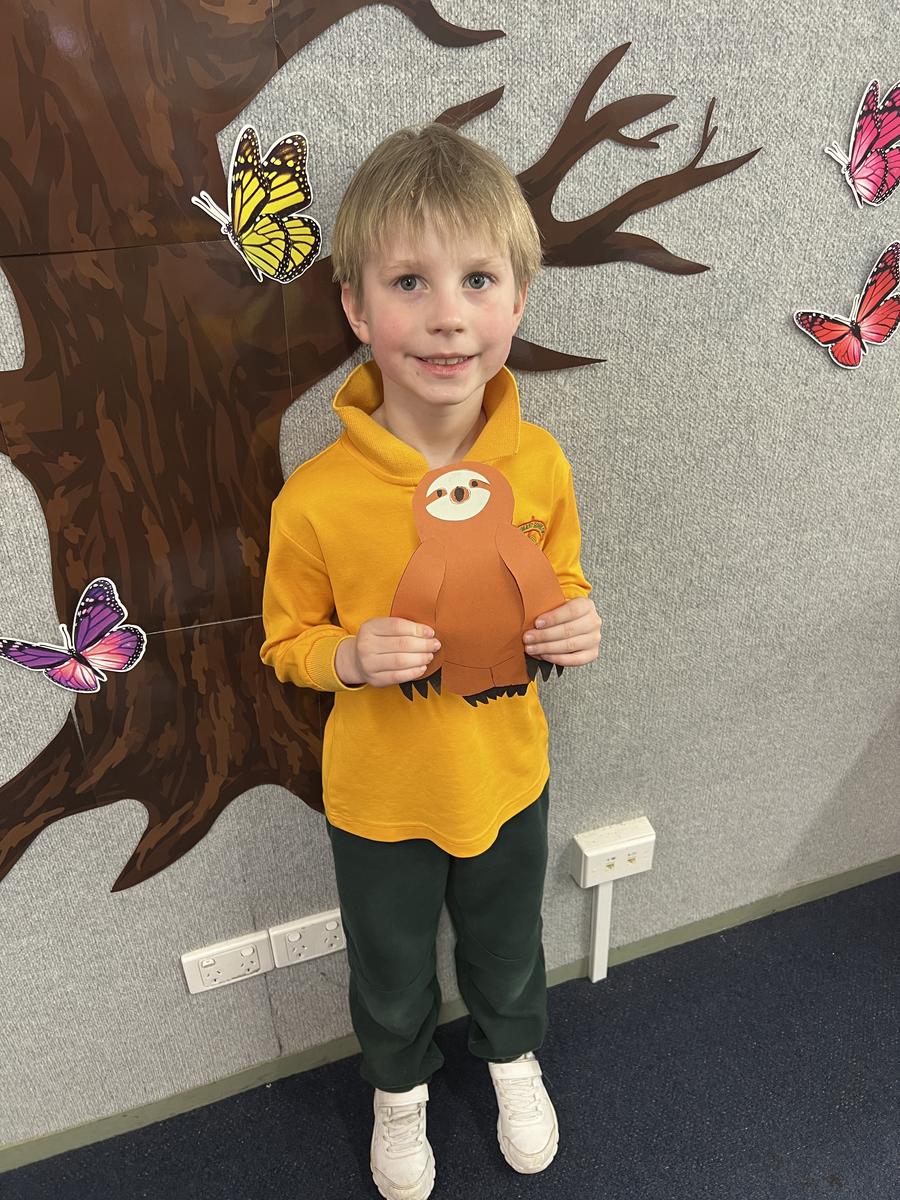


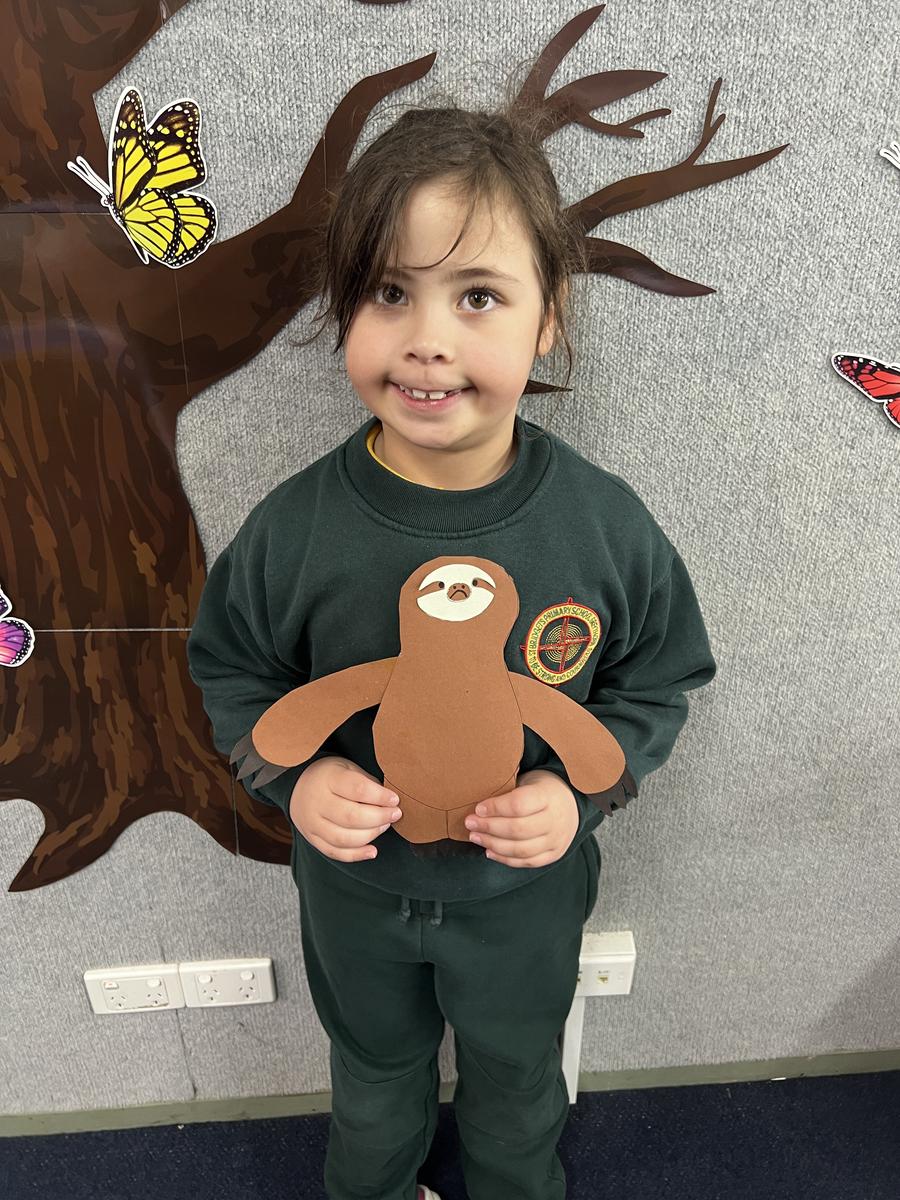
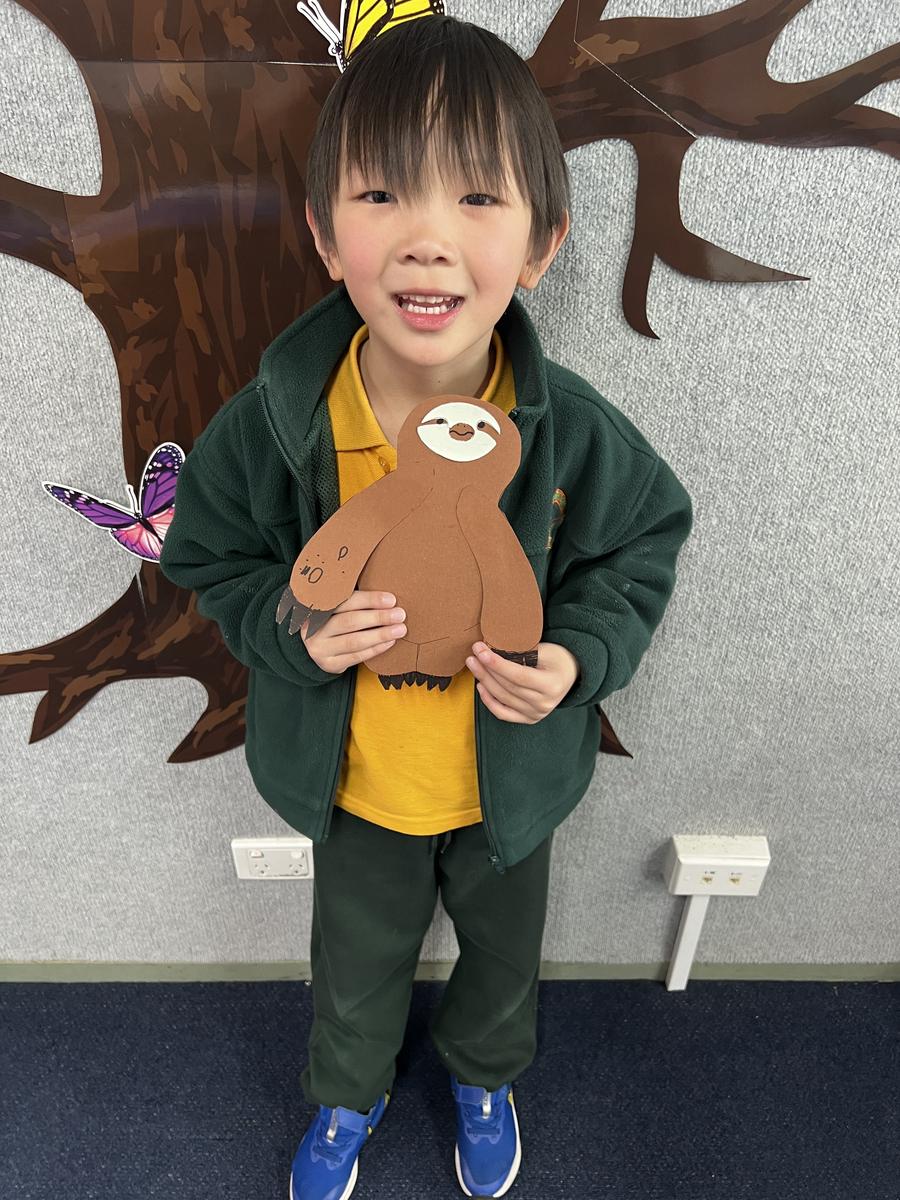
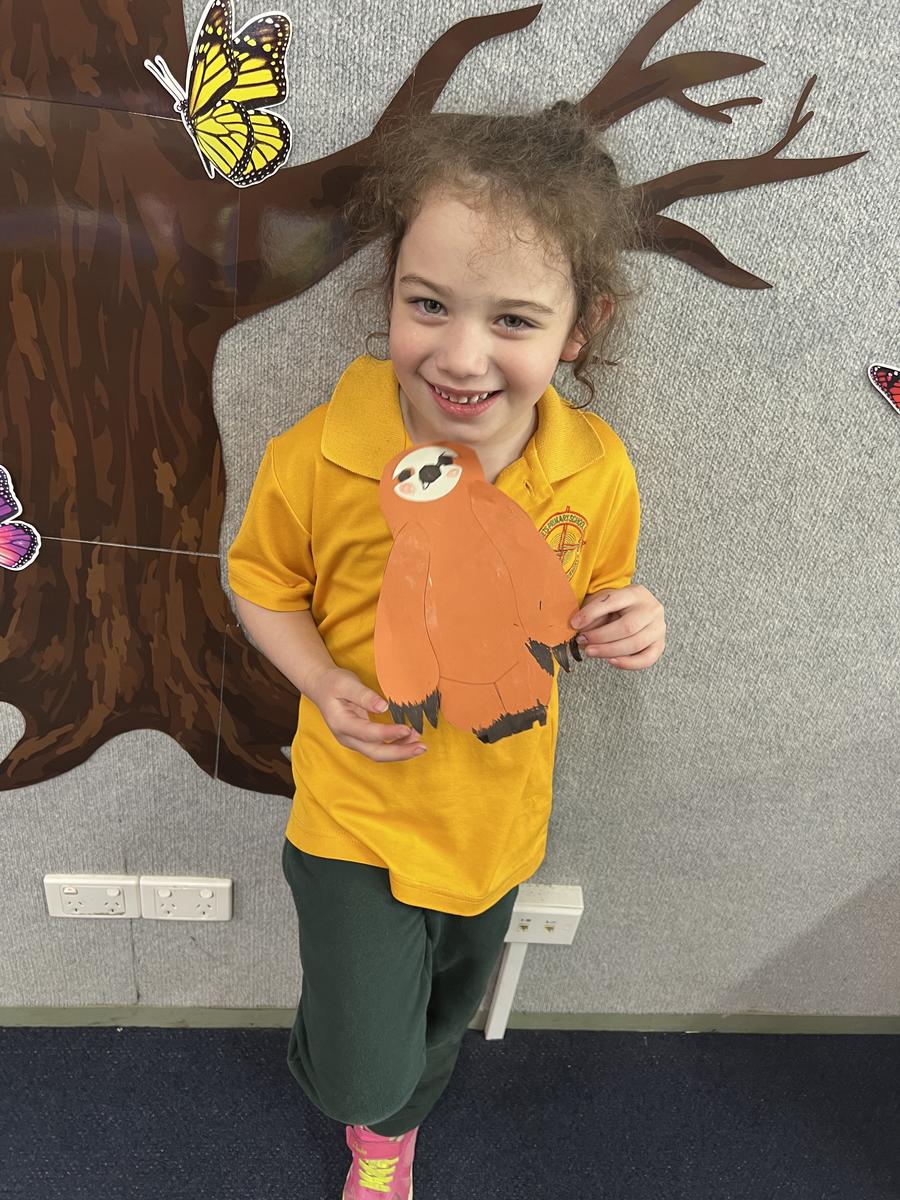
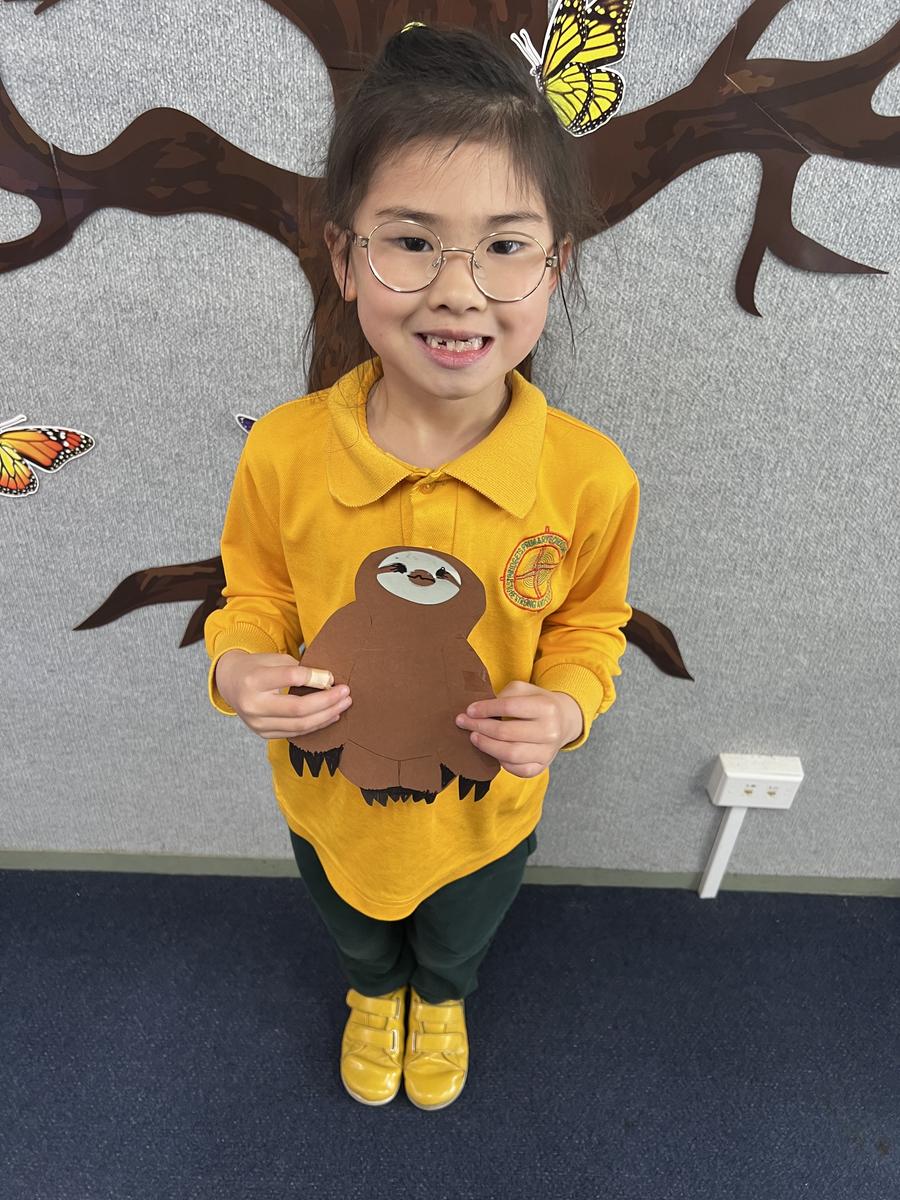

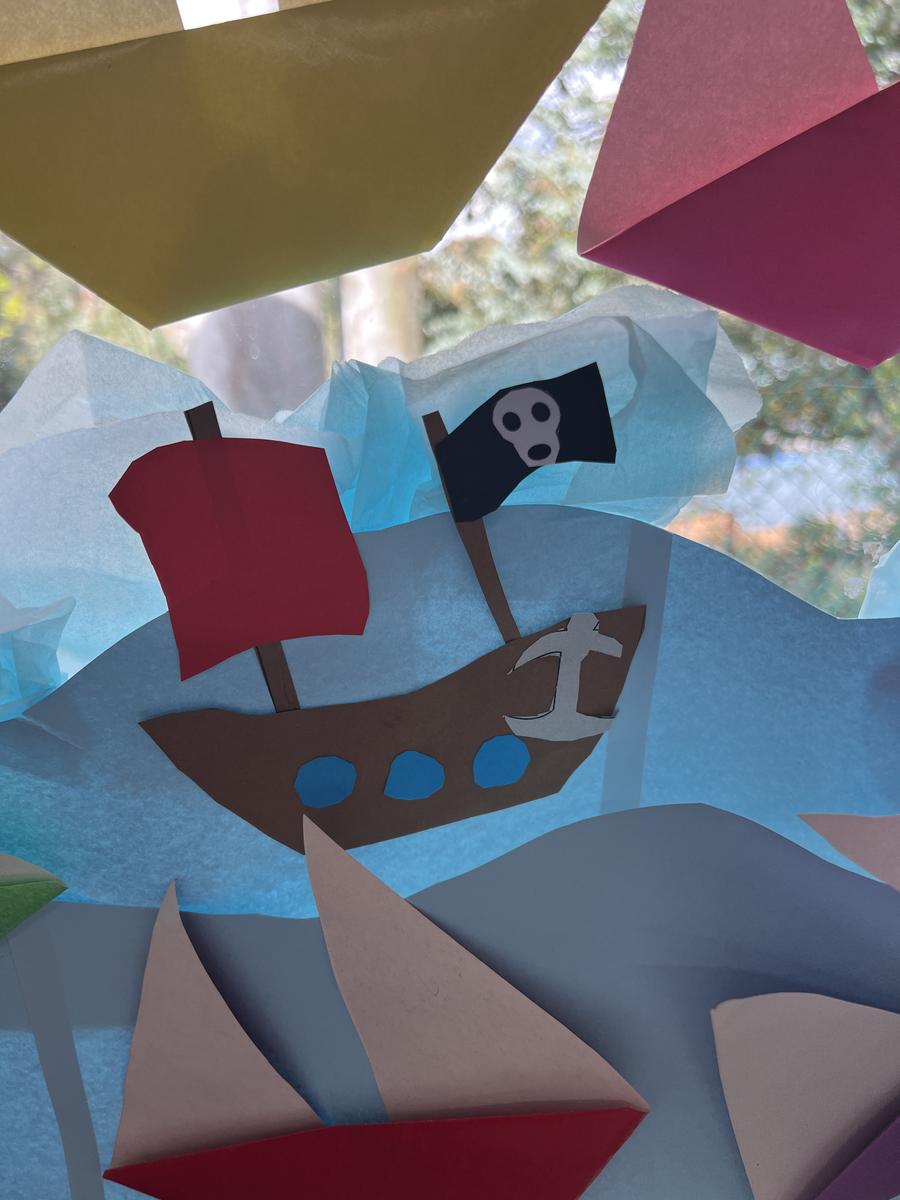












At Assembly, we presented the Gospel of St Luke ( Lk 15:1-32), The Parable of the Lost Sheep. The story was about the shepherd who had 100 sheep and discovered one of his sheep was missing. He left the 99 to go and look for it. It also told the story of a woman who had 10 coins and searched her house when one went missing.
The message of these stories is that God will look for anyone or anything who is lost and be happy when he finds them.


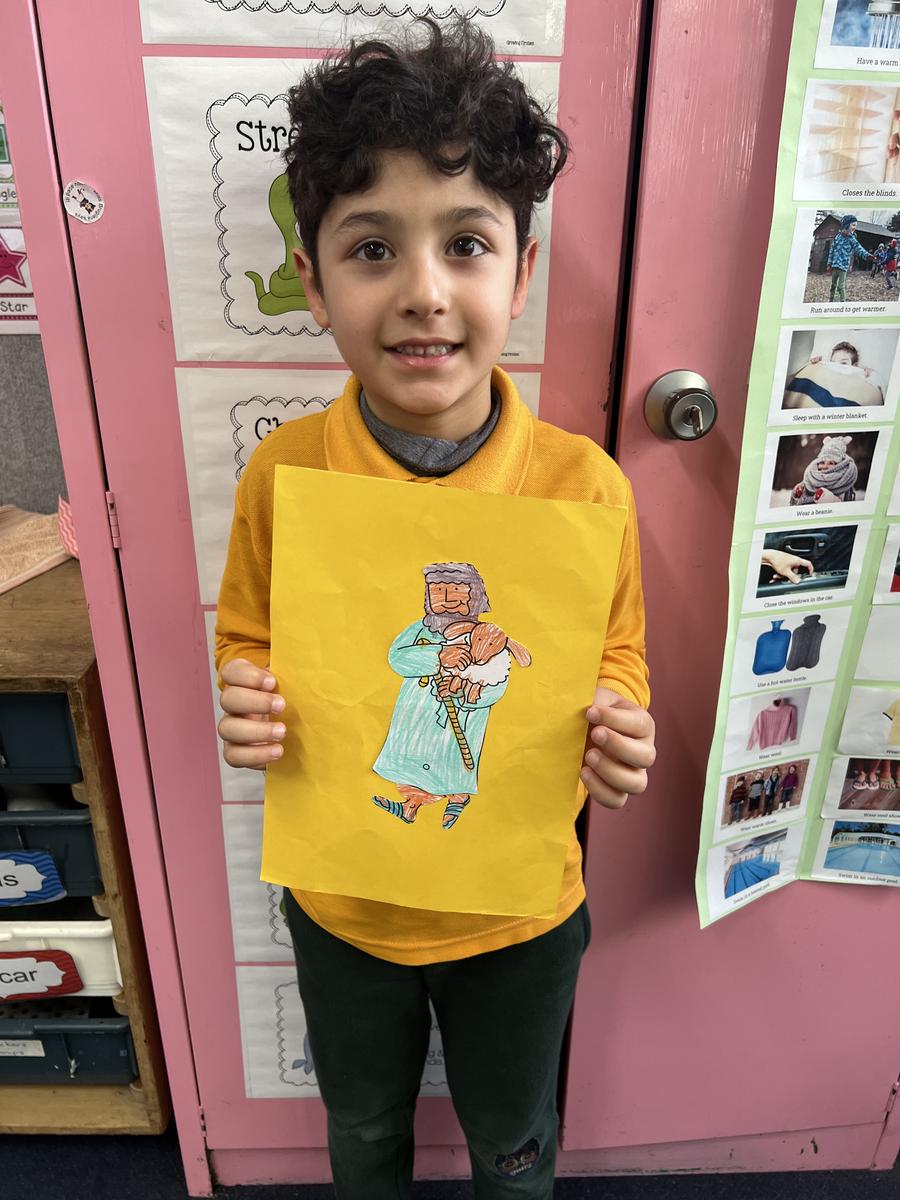
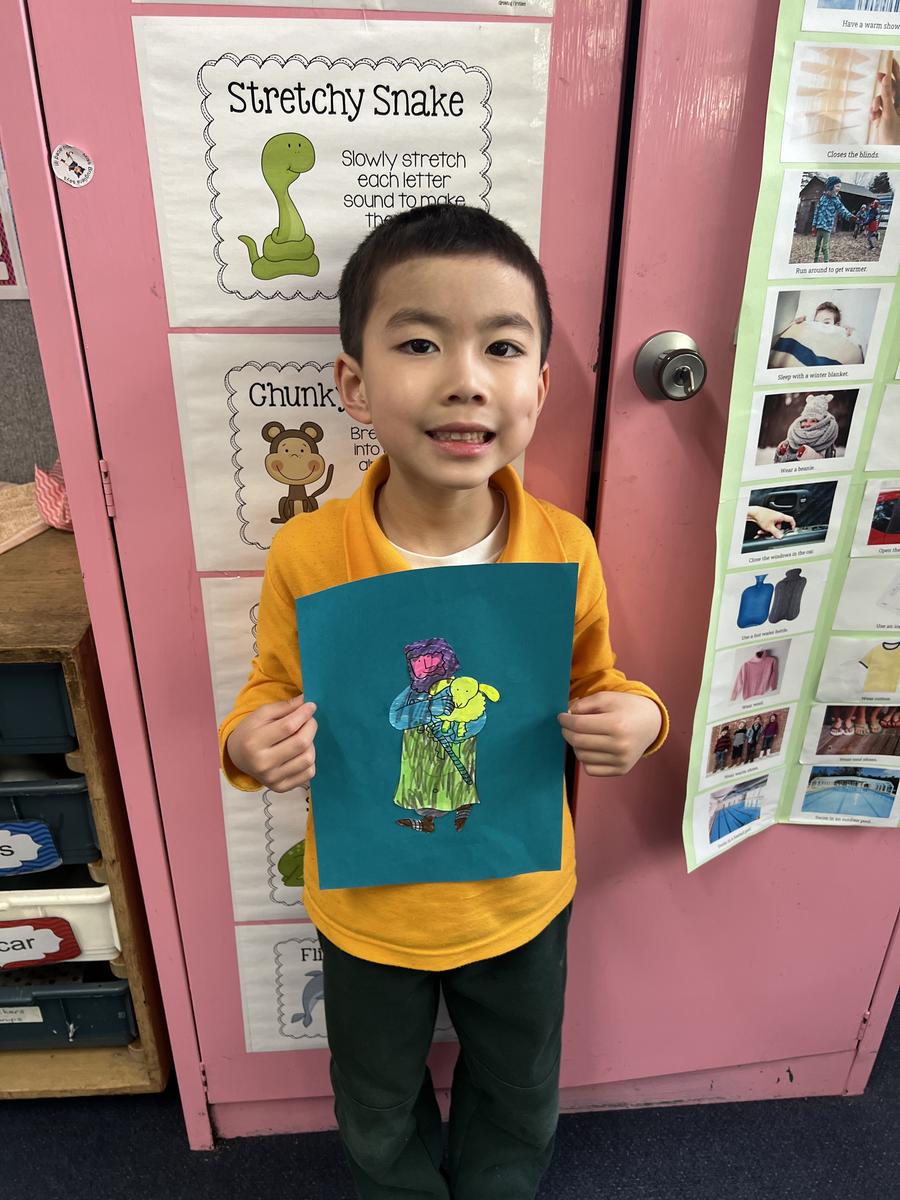
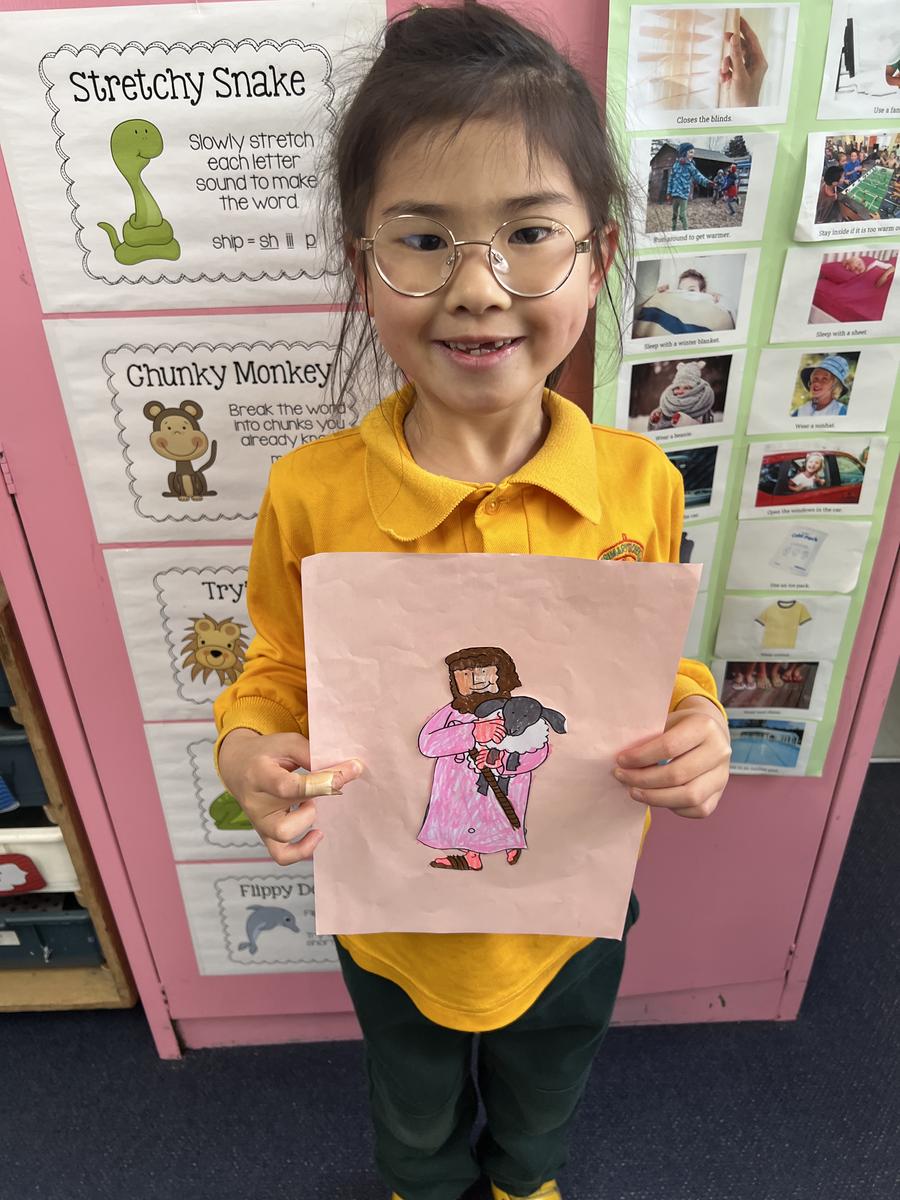

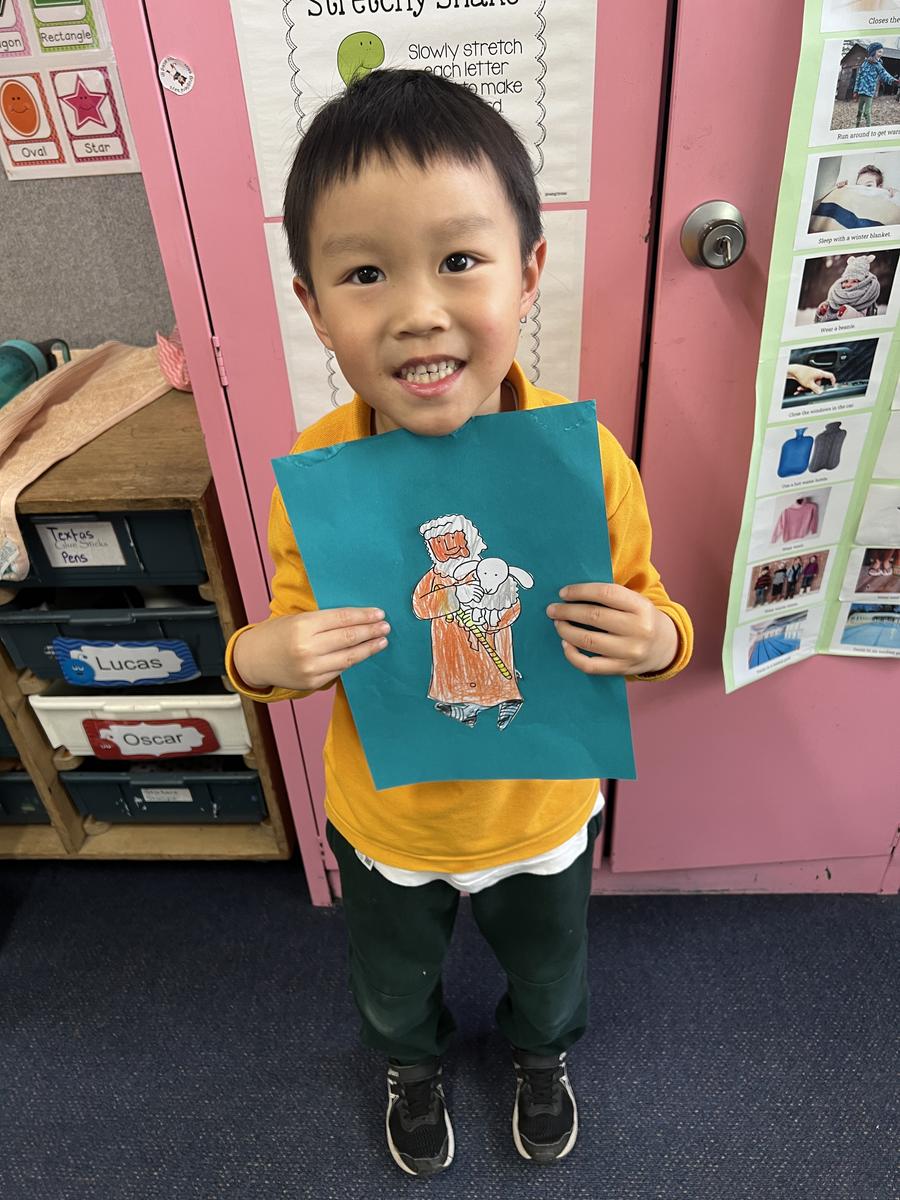
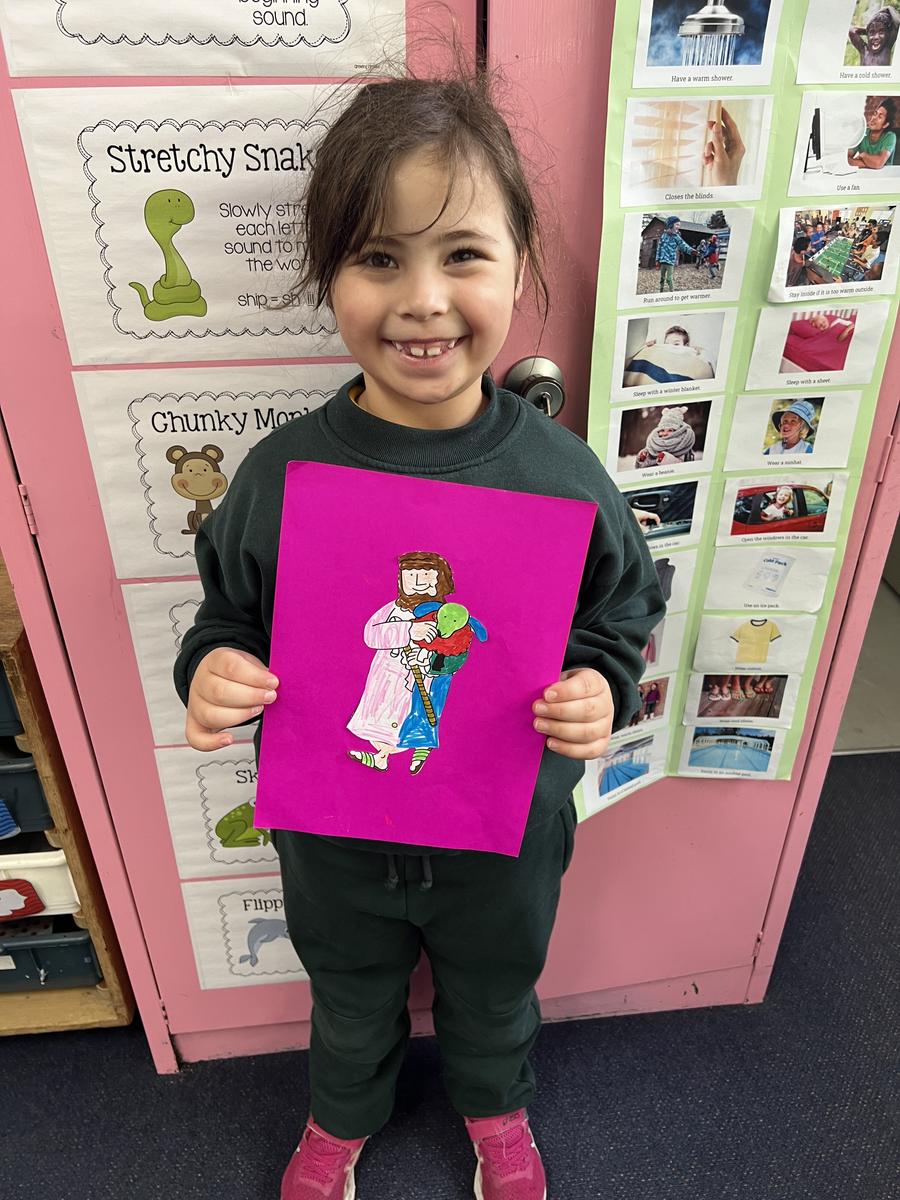








For our report writing, we made frogs and displayed them on lily pads in a pond. We did an activity about the lifecycle of frogs.


For one of our sounds of the week, ‘th’, we made Thing 1 and Thing 2 from ‘the Cat in the Hat’.


This is a tricky sound as it has 2 sounds for ‘th’., a soft (voiceless sound) as in thong and think and a loud (voiced sound) as in feather, this and those.
We have been practising pronouncing the ‘th’ sound with our tongue out to try and avoid making an f sound.
Is your child saying ‘fing’ for ‘thing’? Are they saying ‘dat’ for ‘that? The ‘th’ sound is a later developing sound. Speech Pathology Australia advises that children don’t have to be able to say this sound until they are about 8 years of age. Some children can say the ‘th’ sound much earlier, some children learn it when they start school, and some children develop this sound later.
https://www.oneononechildren.com.au/when-should-my-child-be-able-to-say-th-sounds/
To celebrate Spring, we made daffodils and scarecrows.


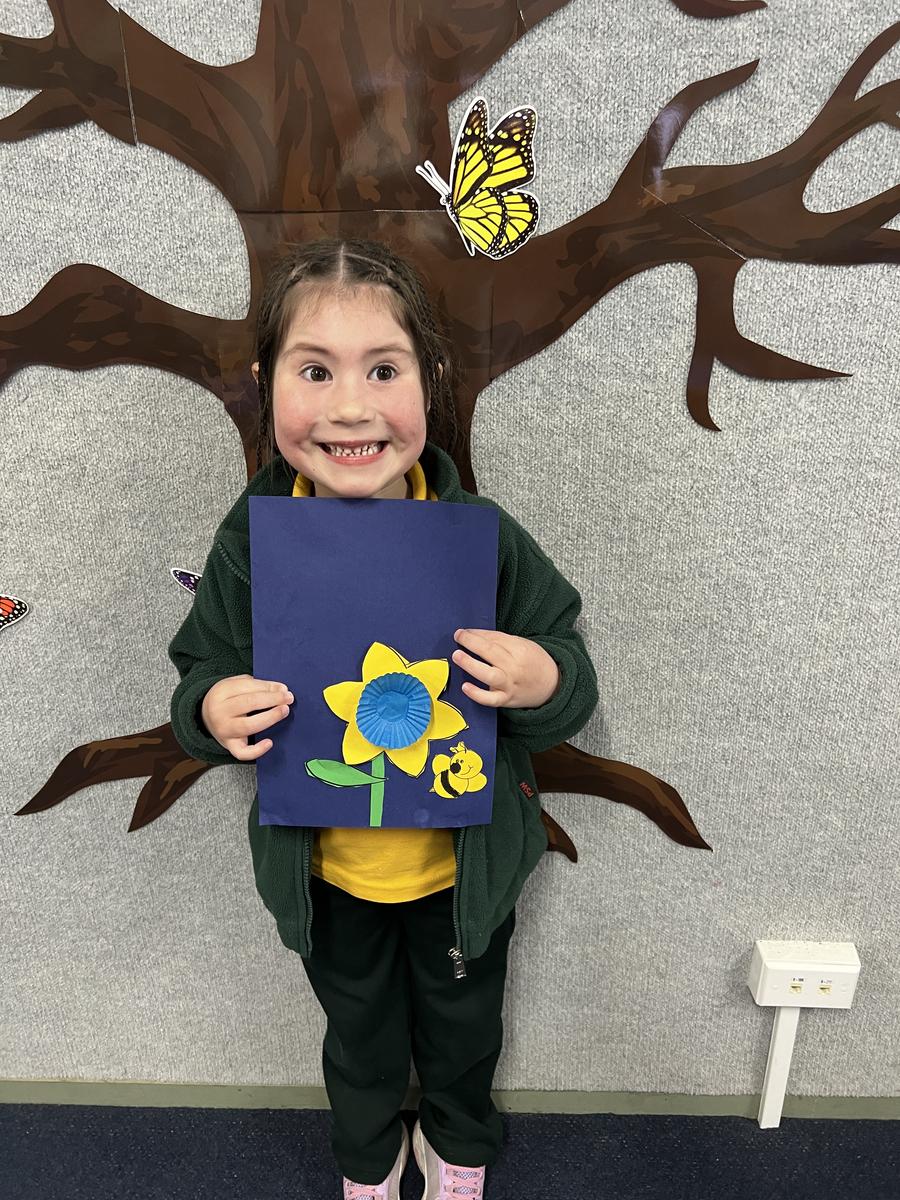

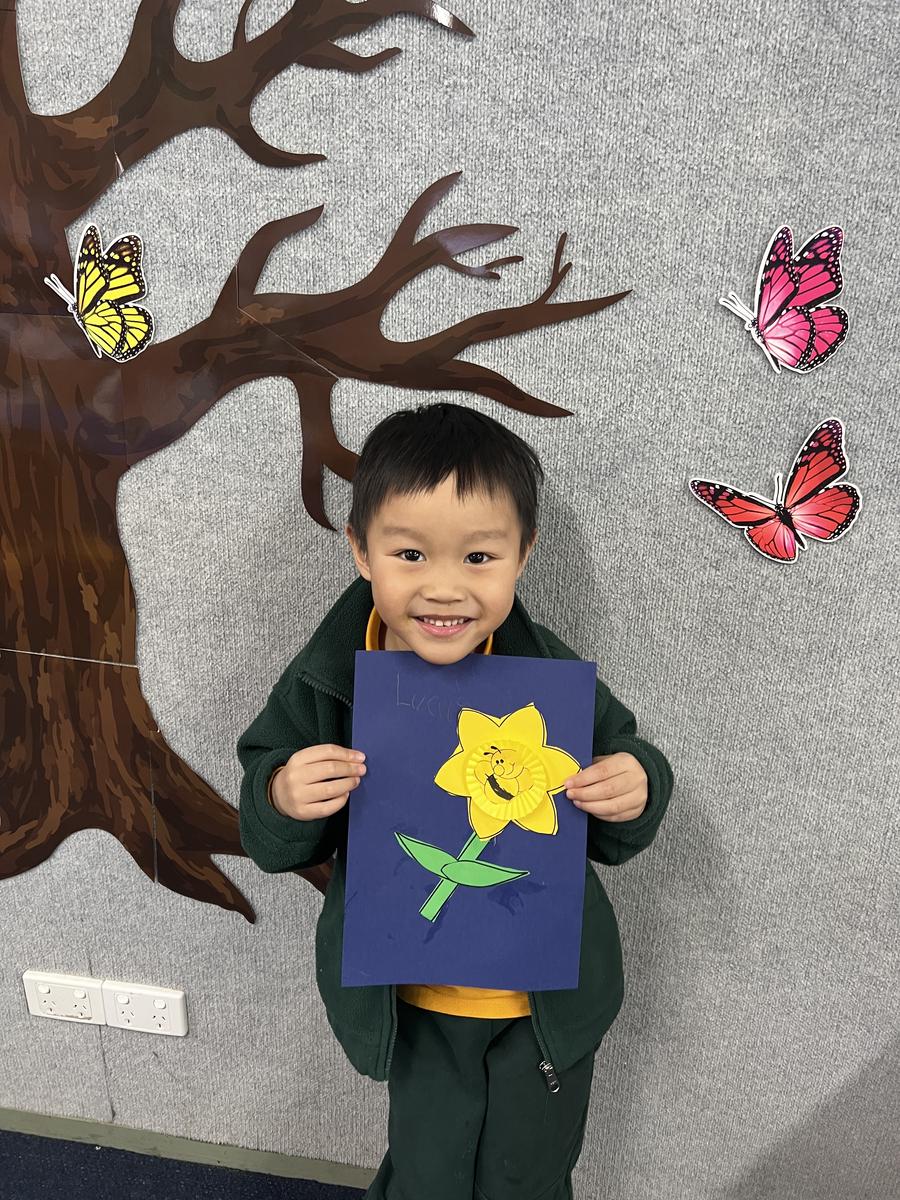
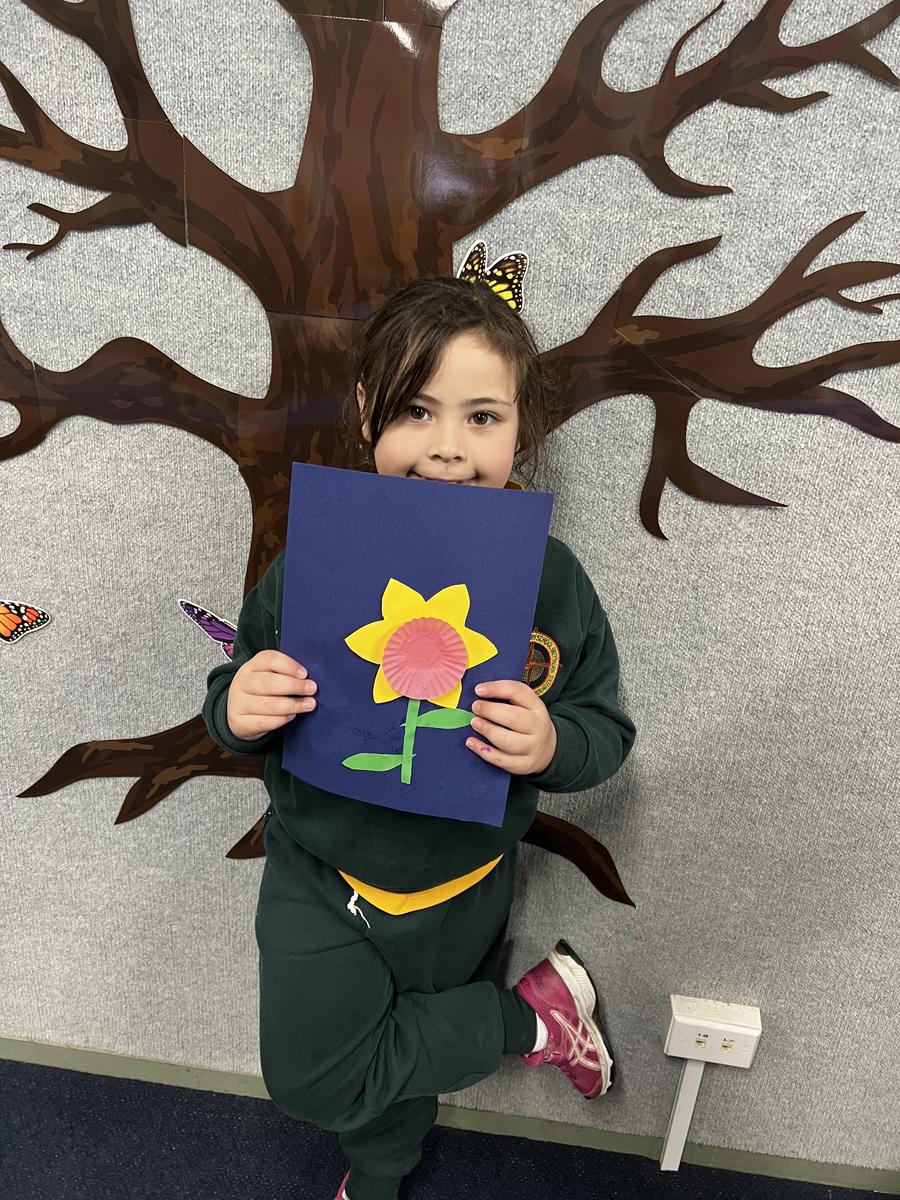
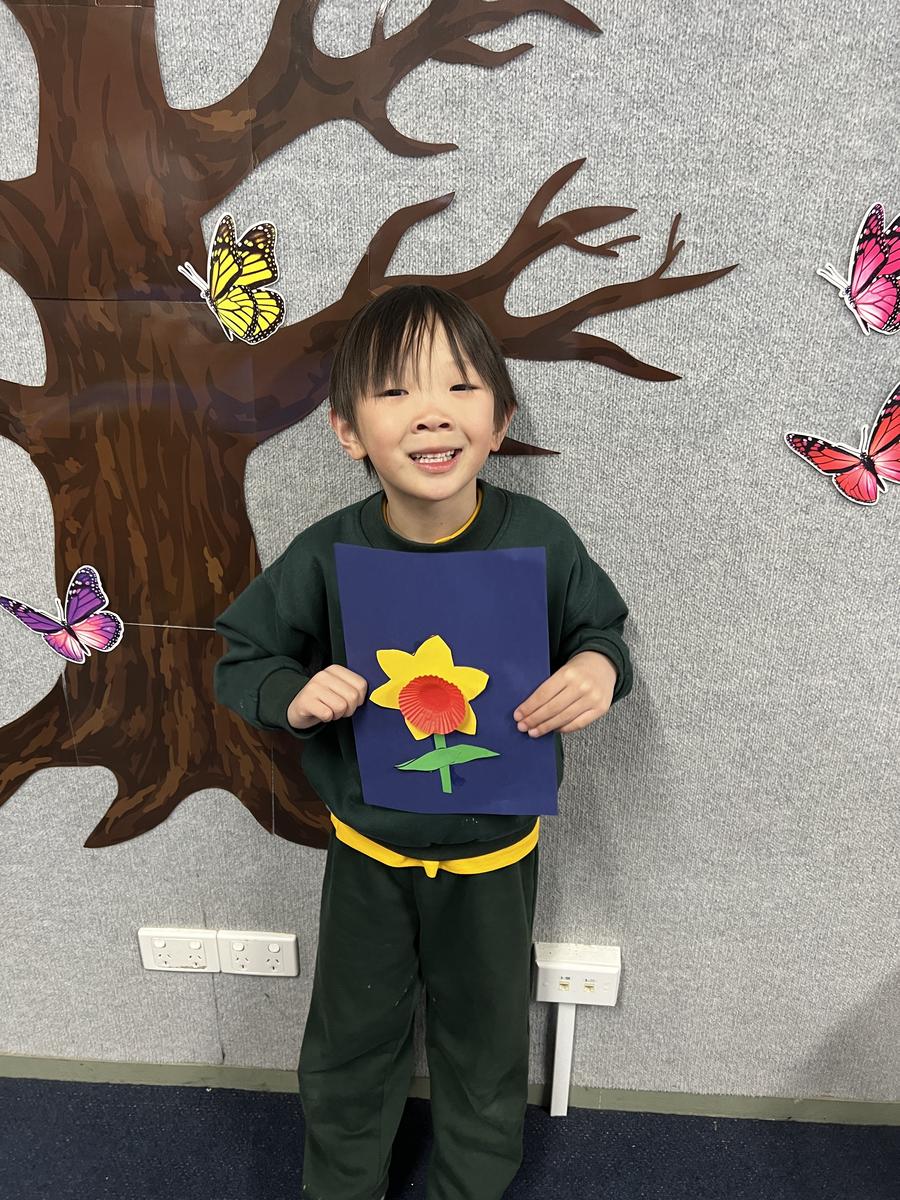
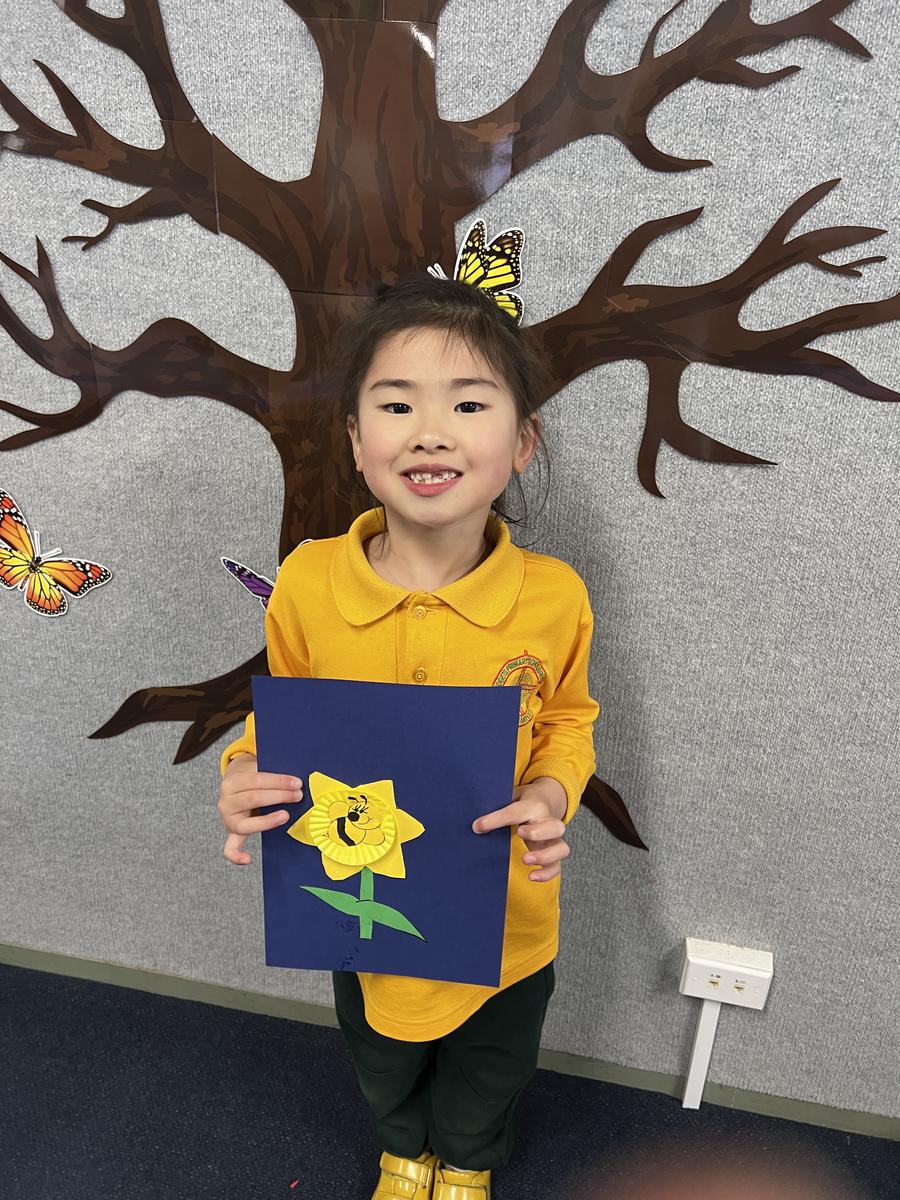

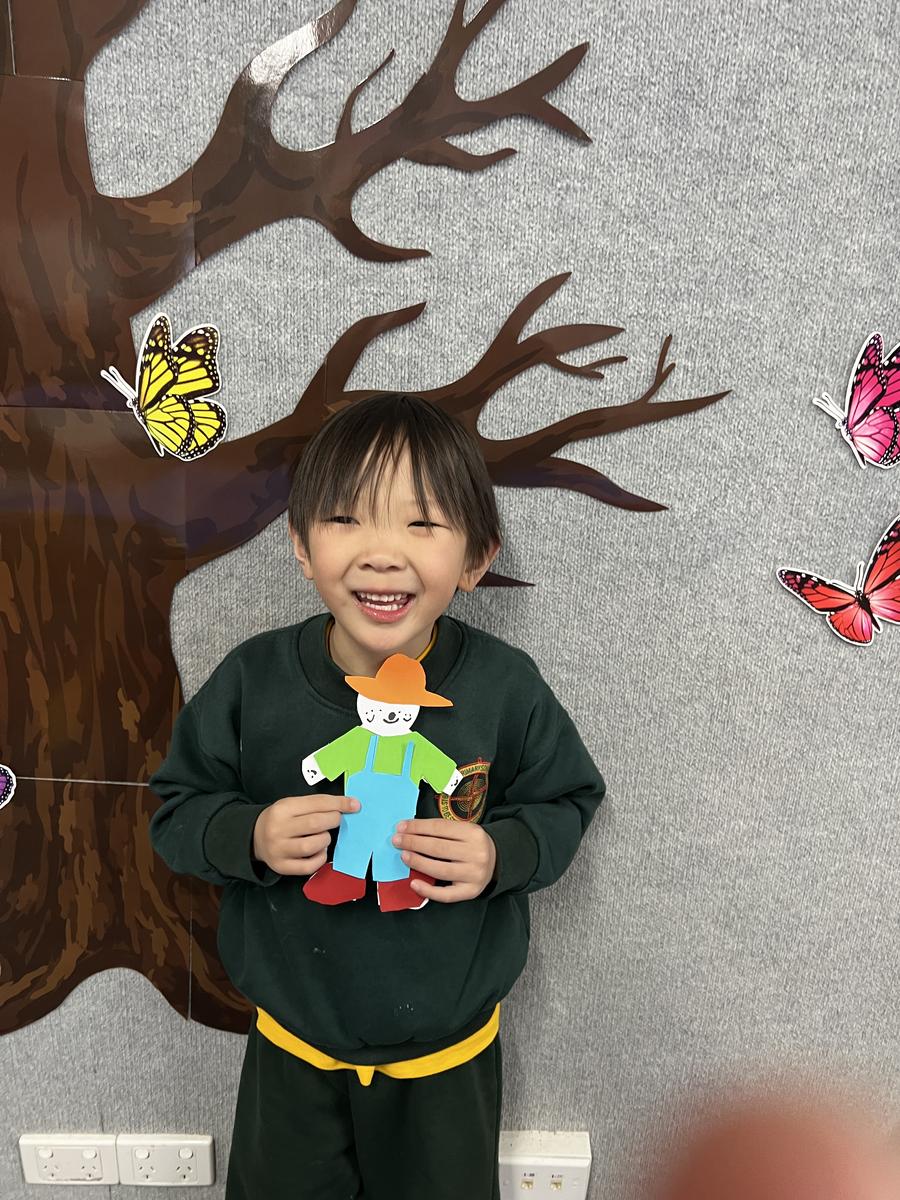
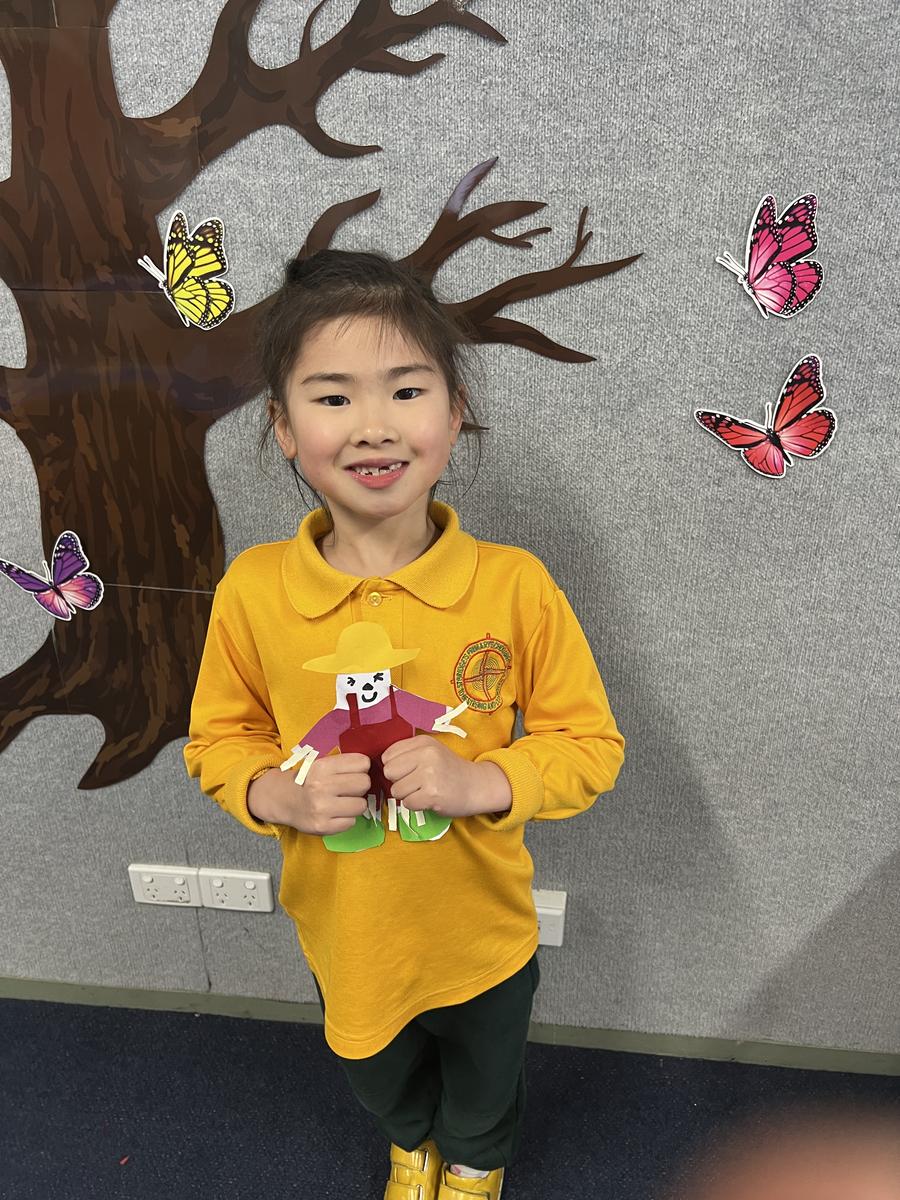
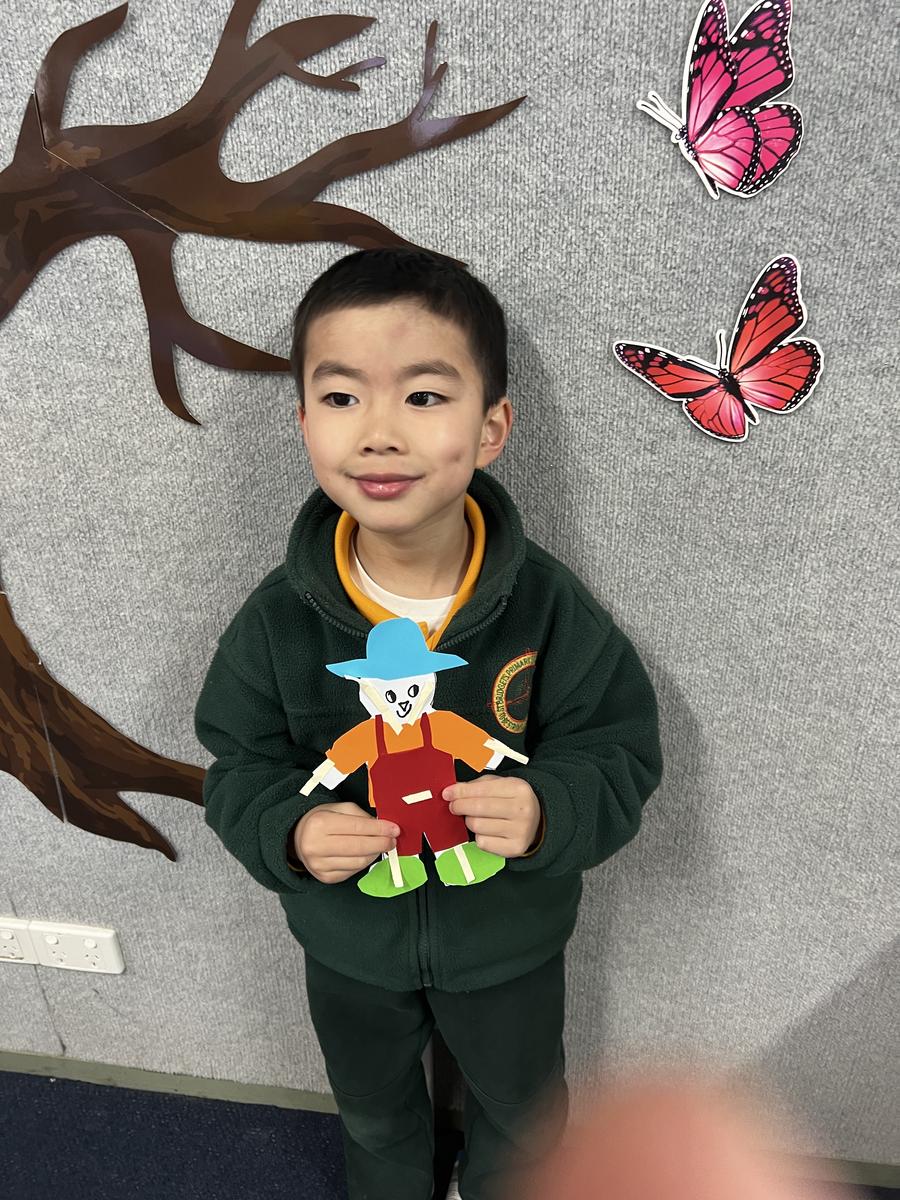
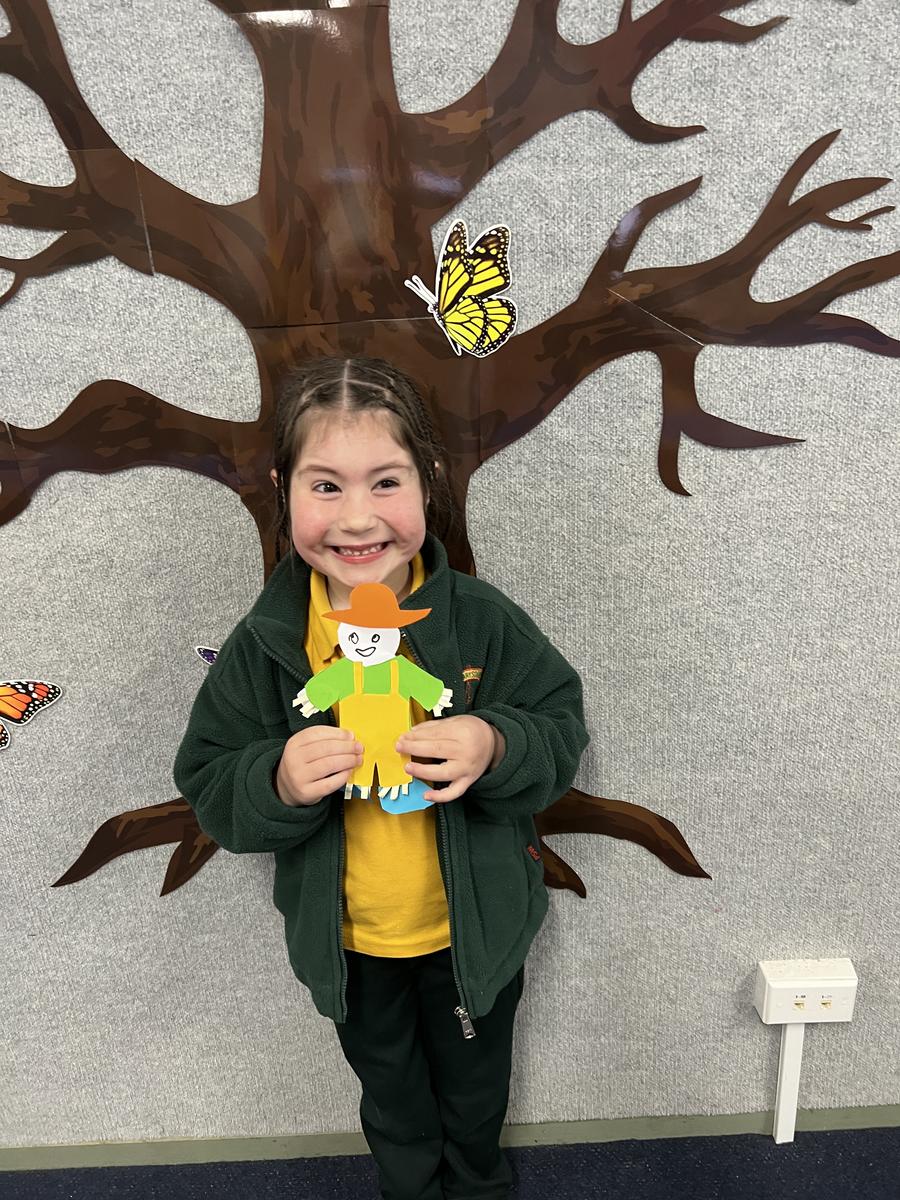
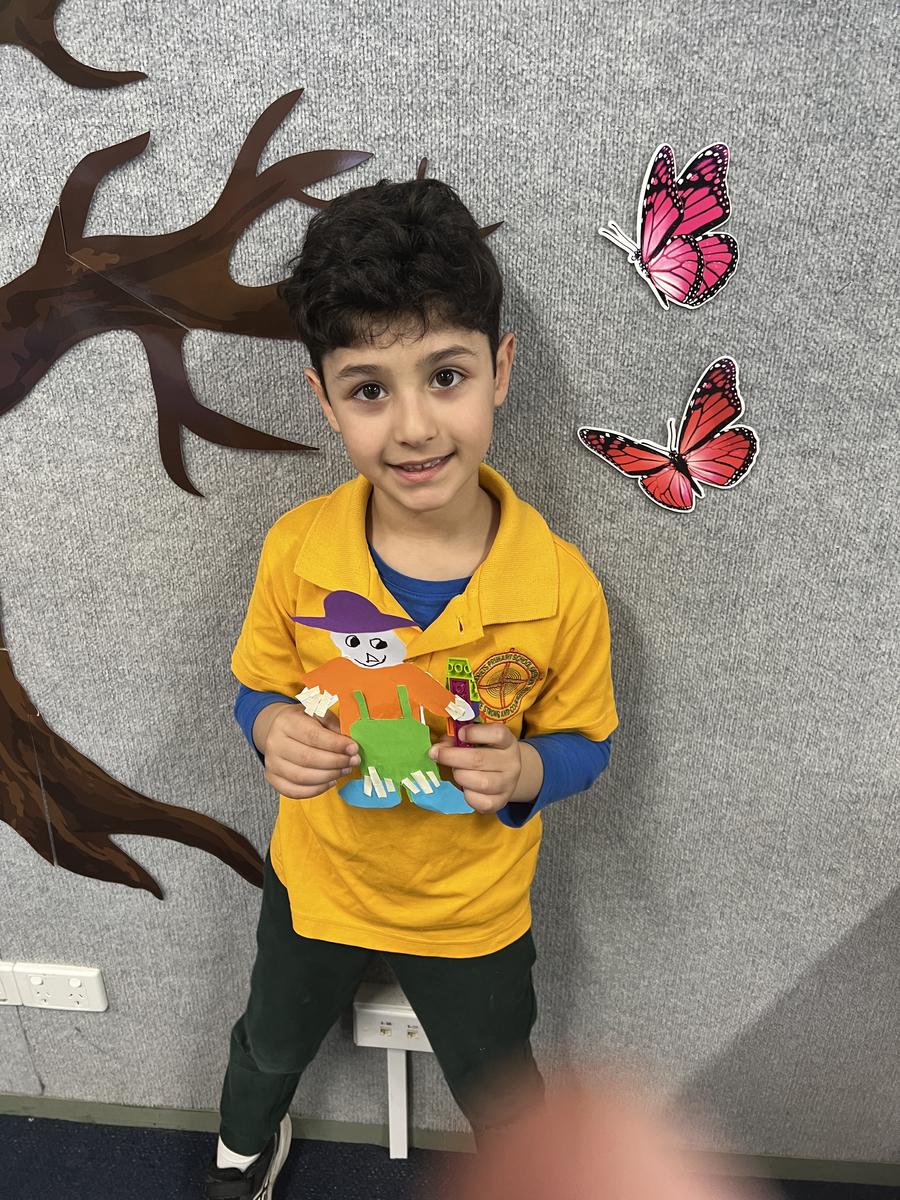
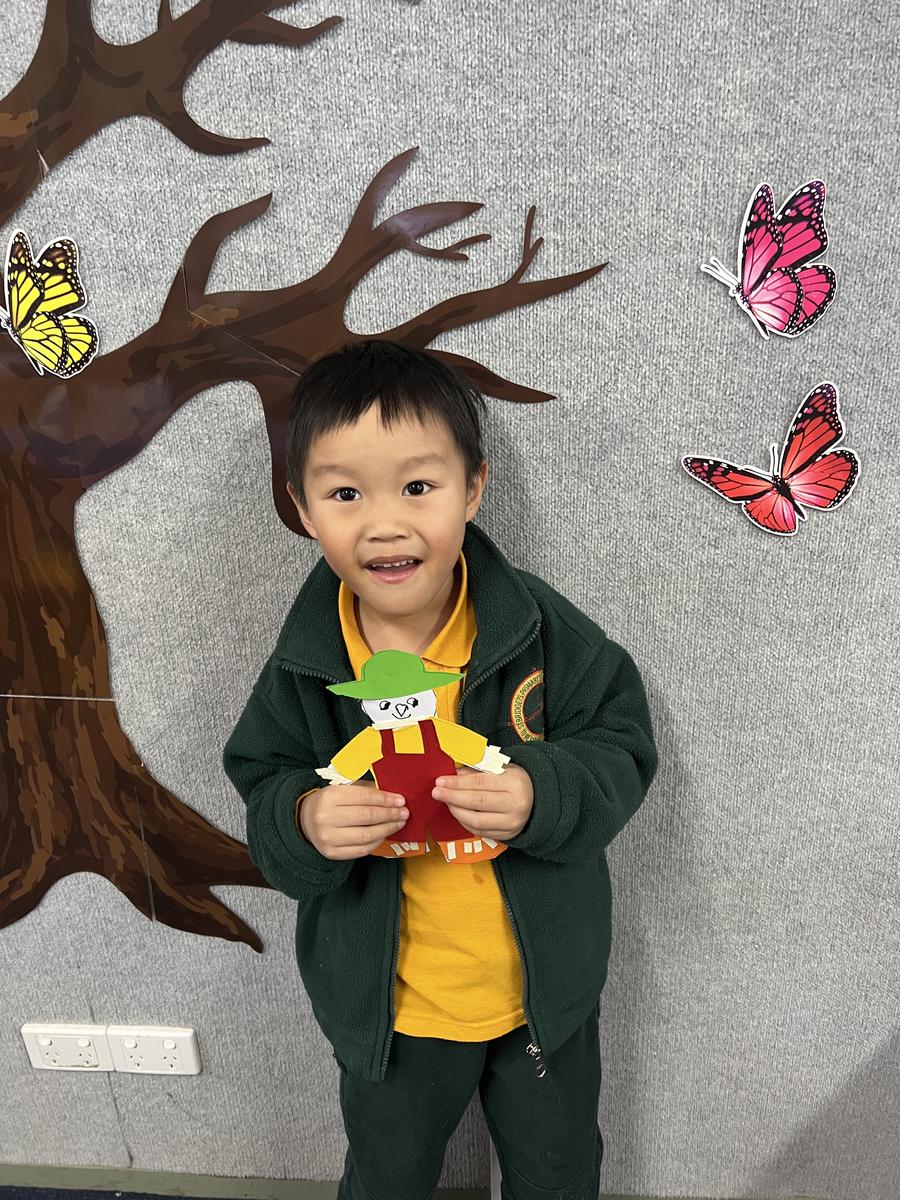
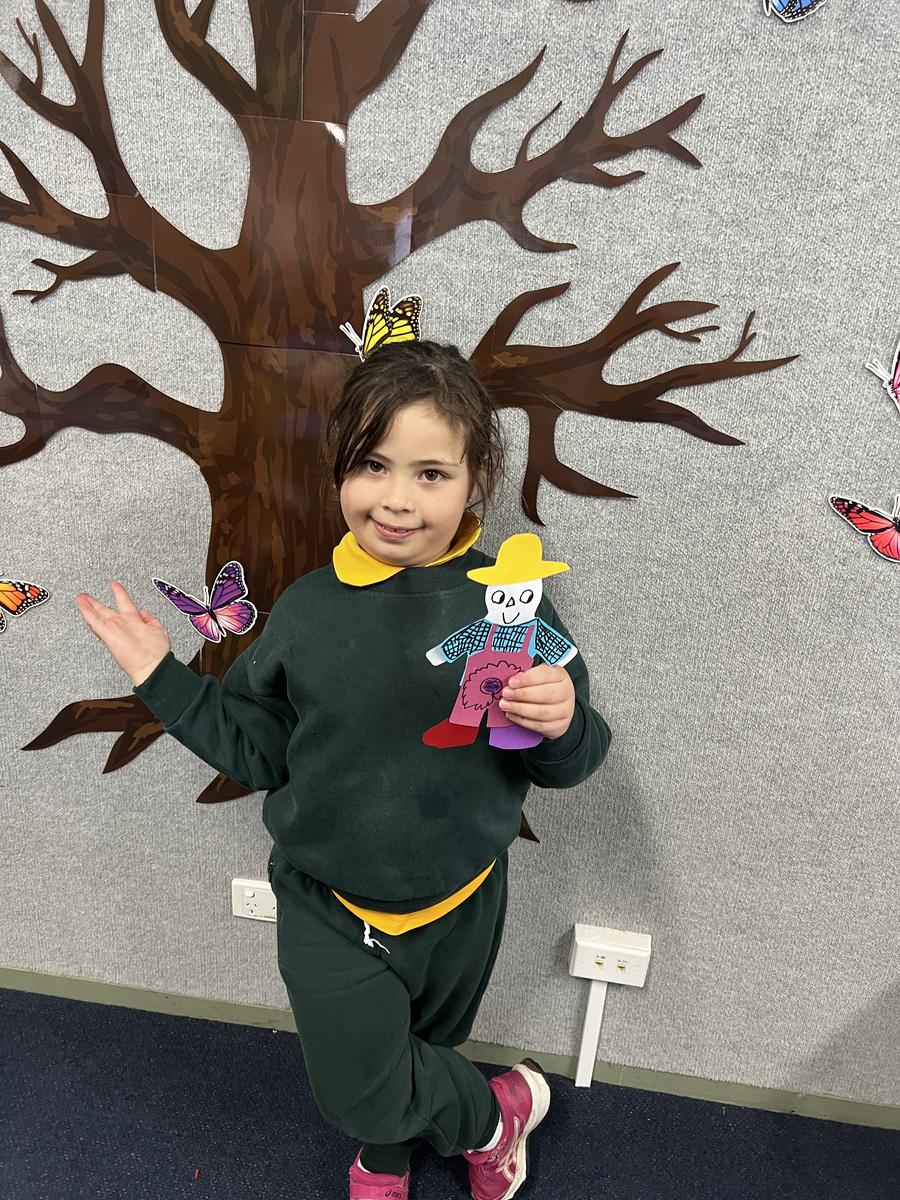
















The last day of swimming was fun!


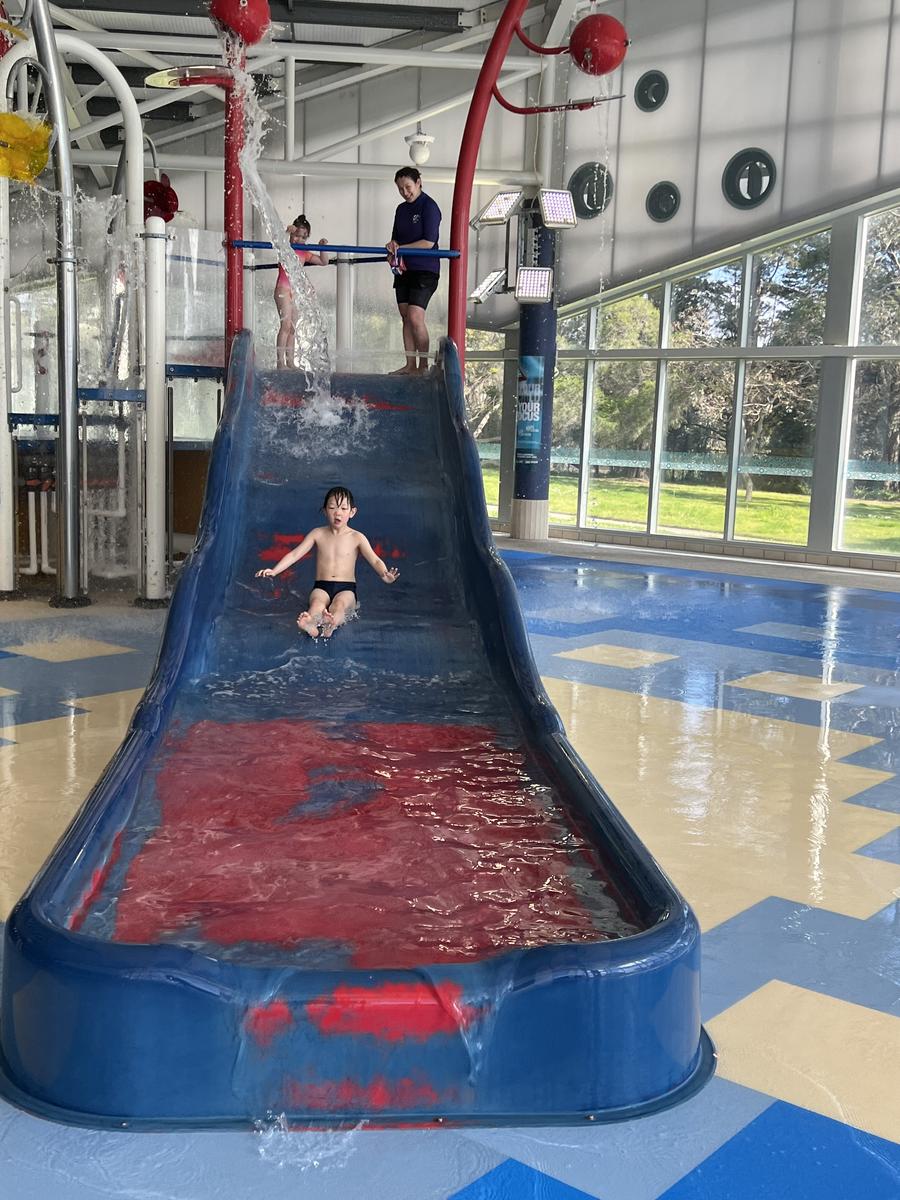
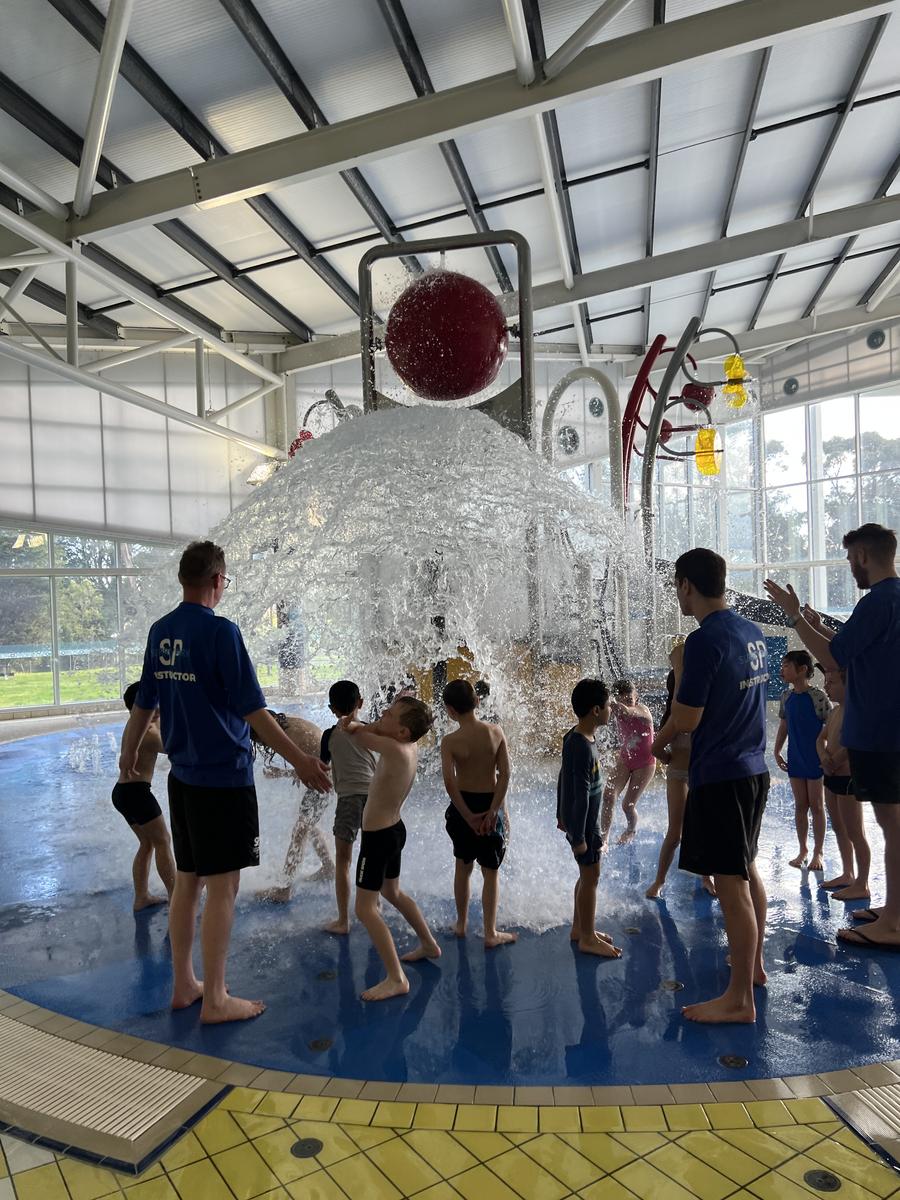






Kind Regards
Margie Maher
Prep Classroom Teacher